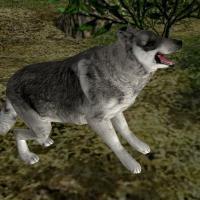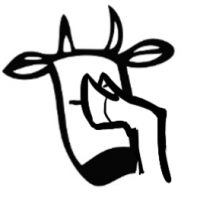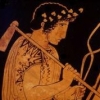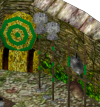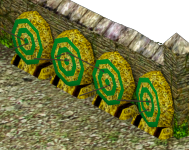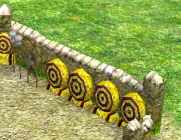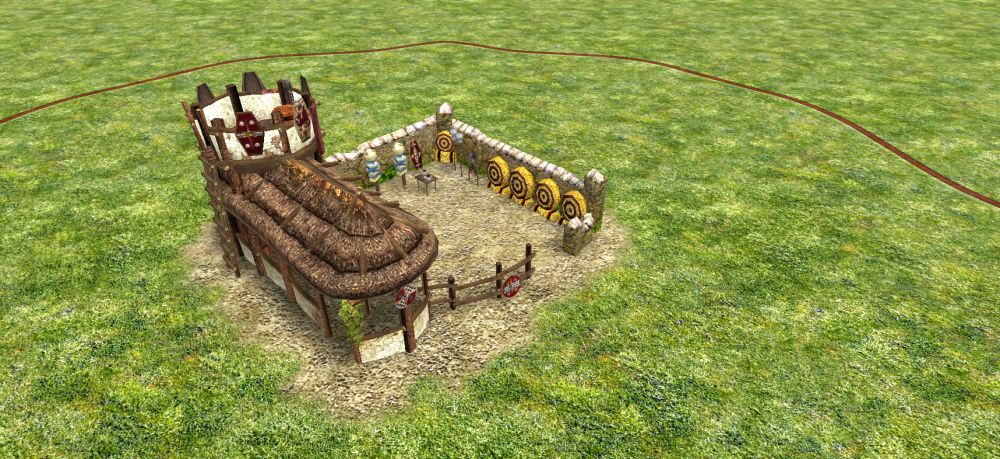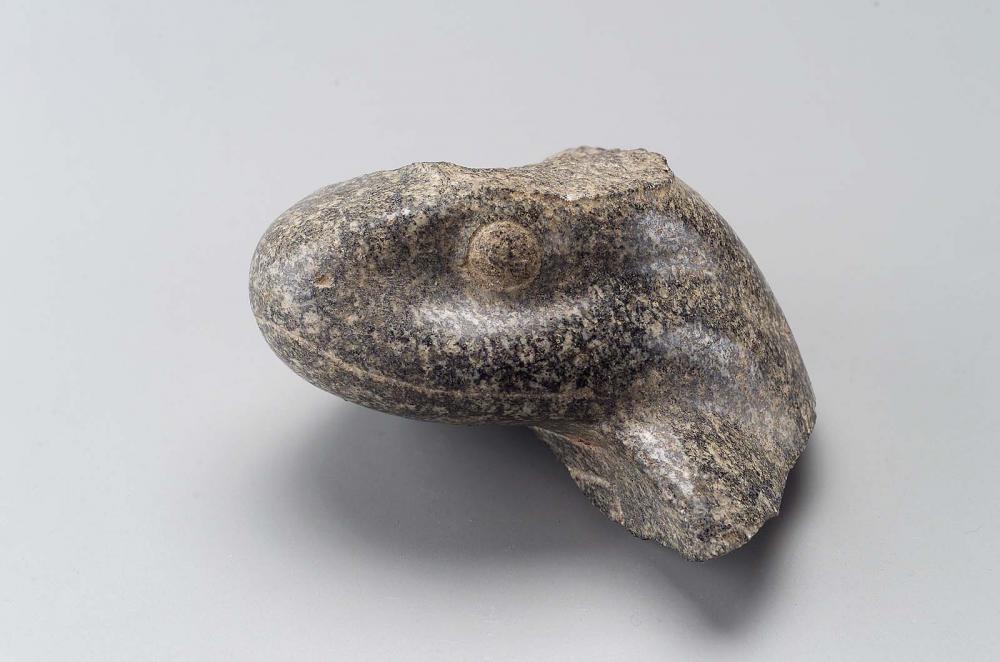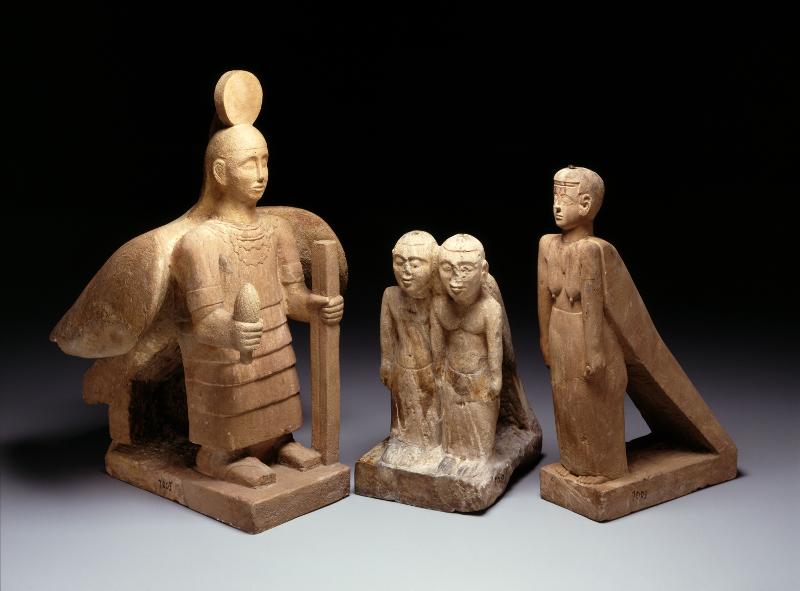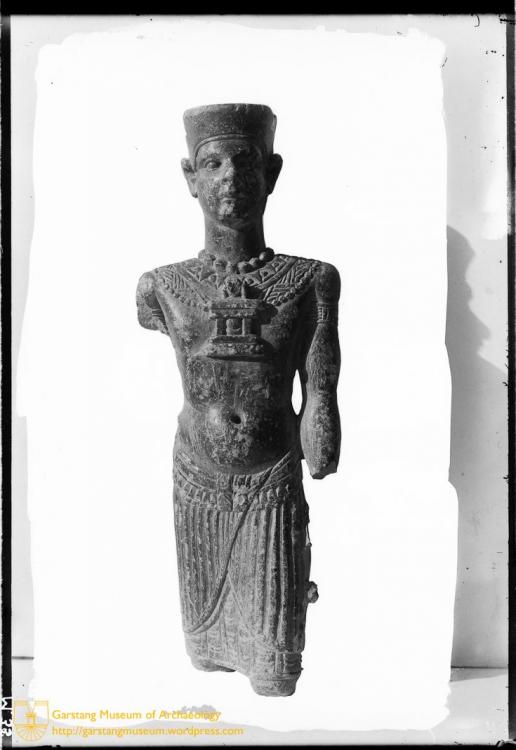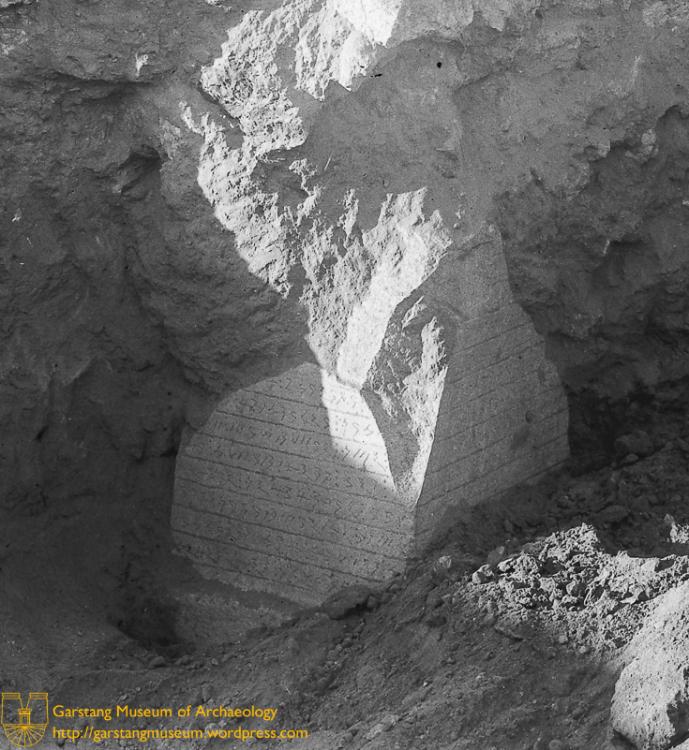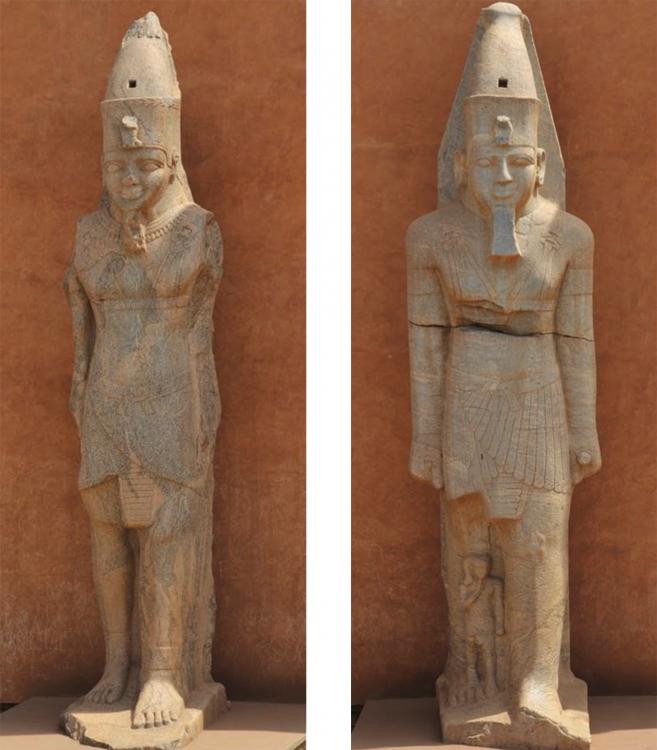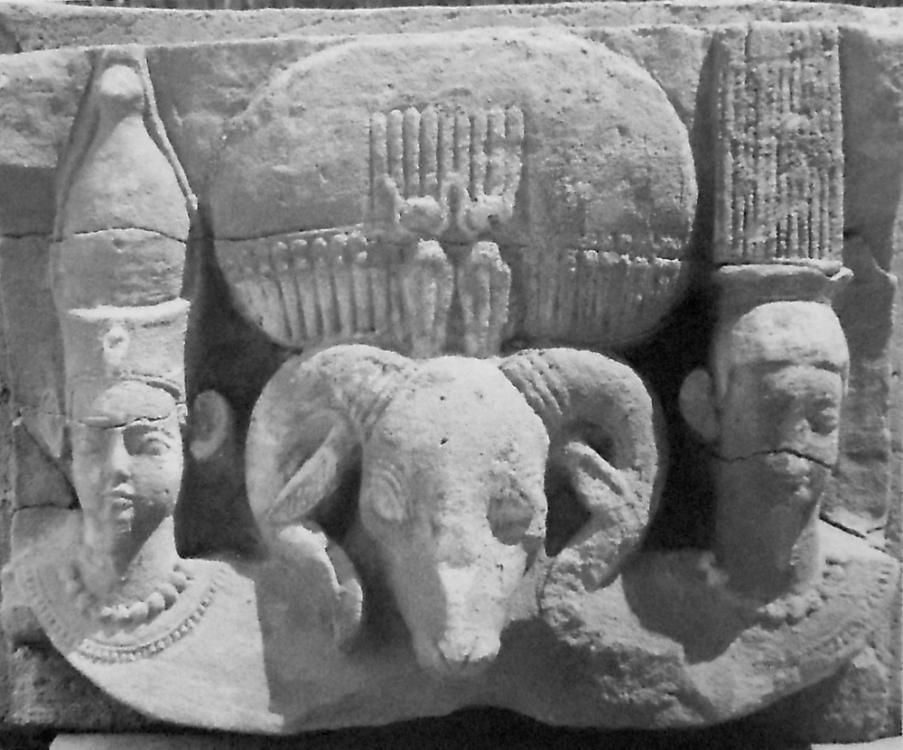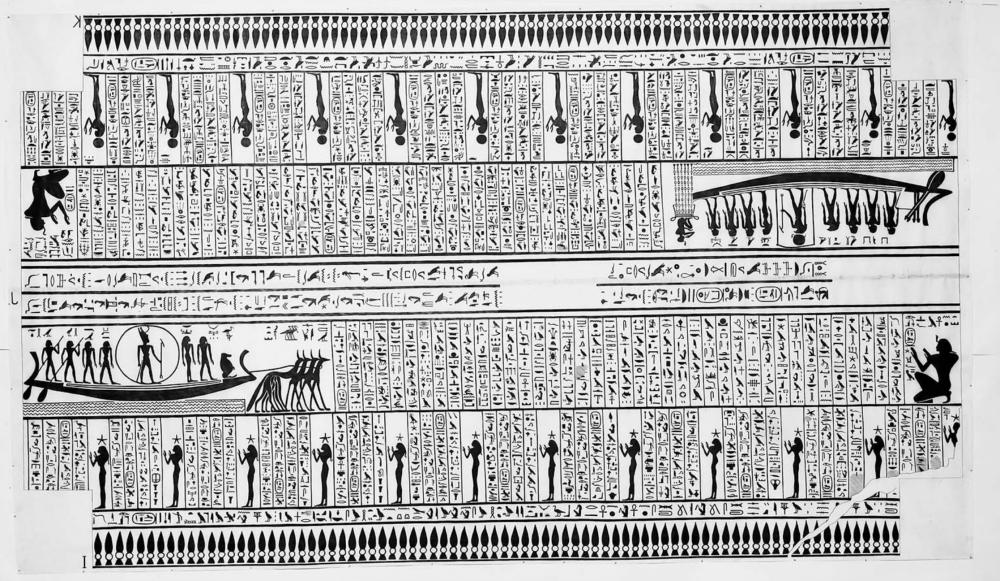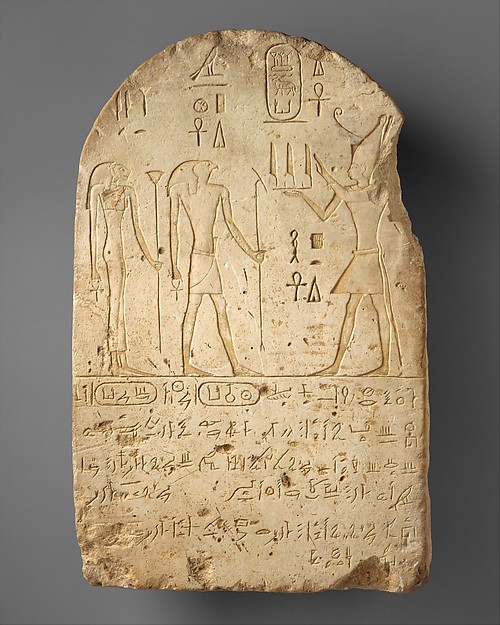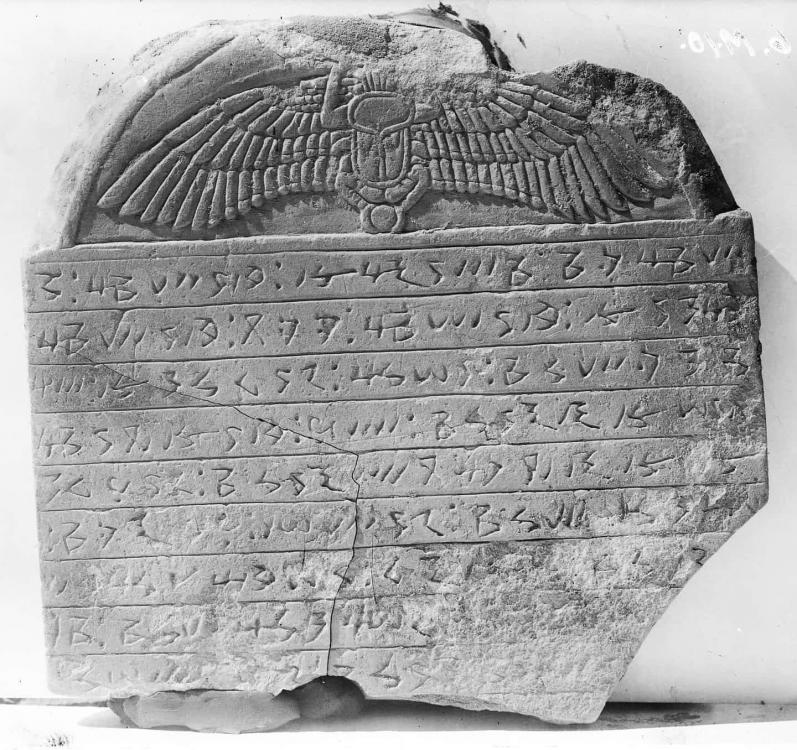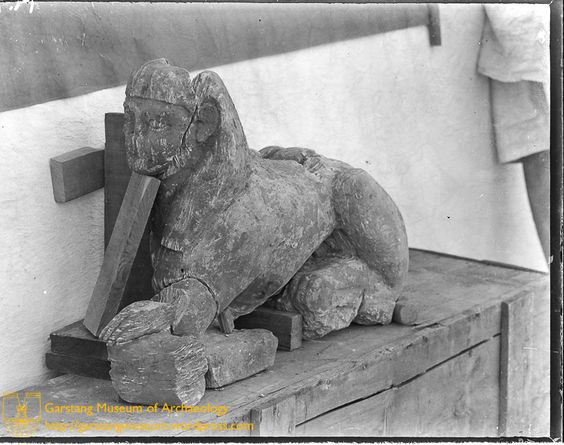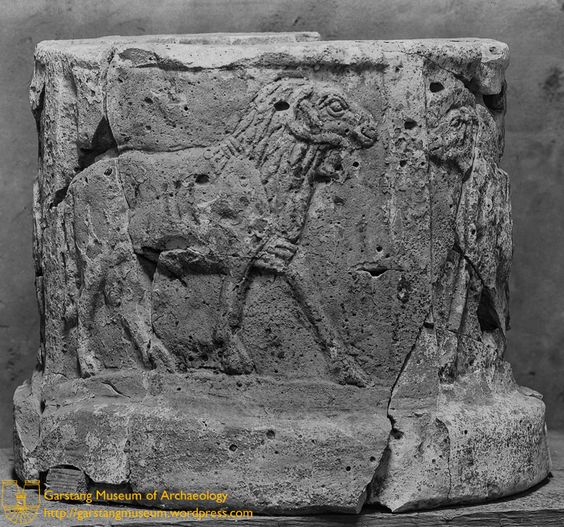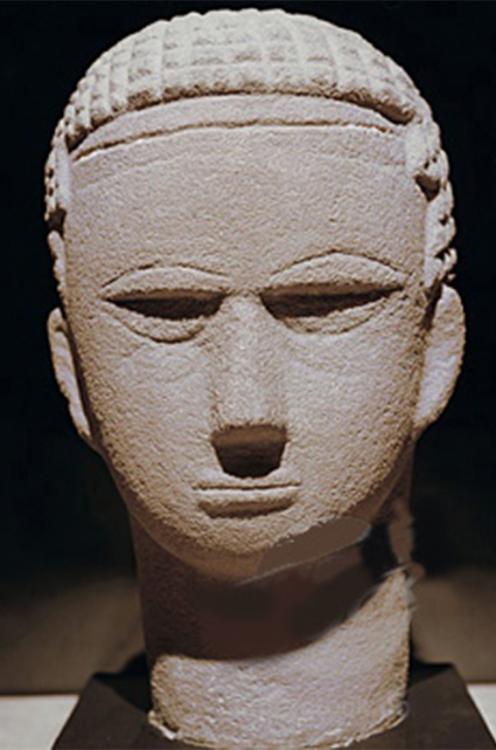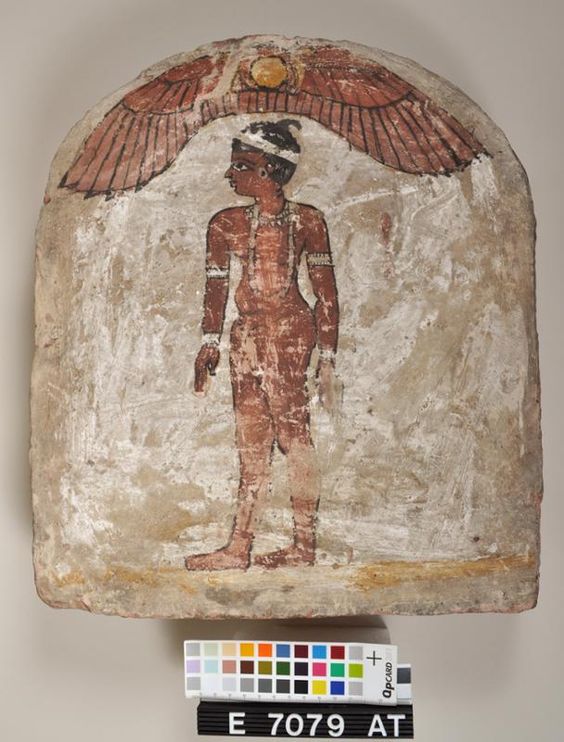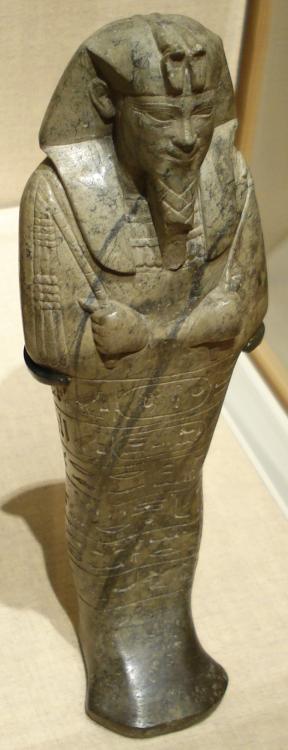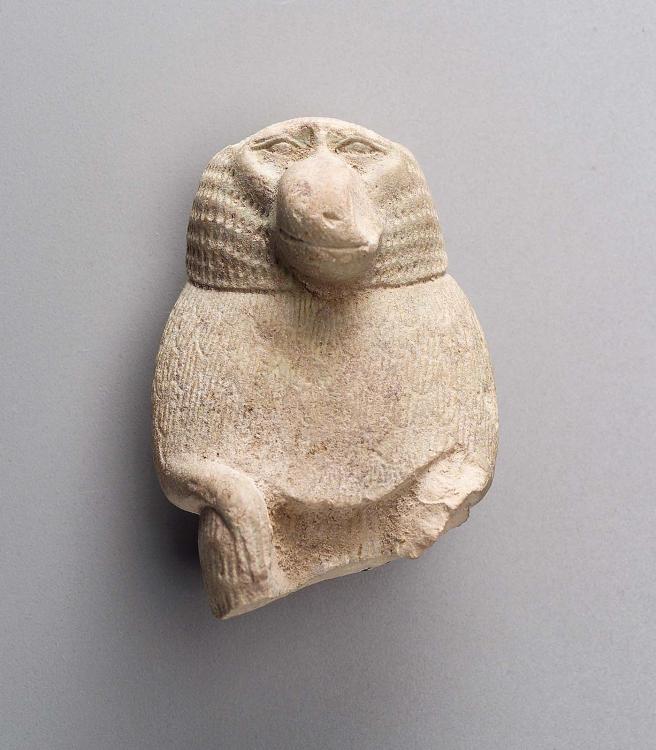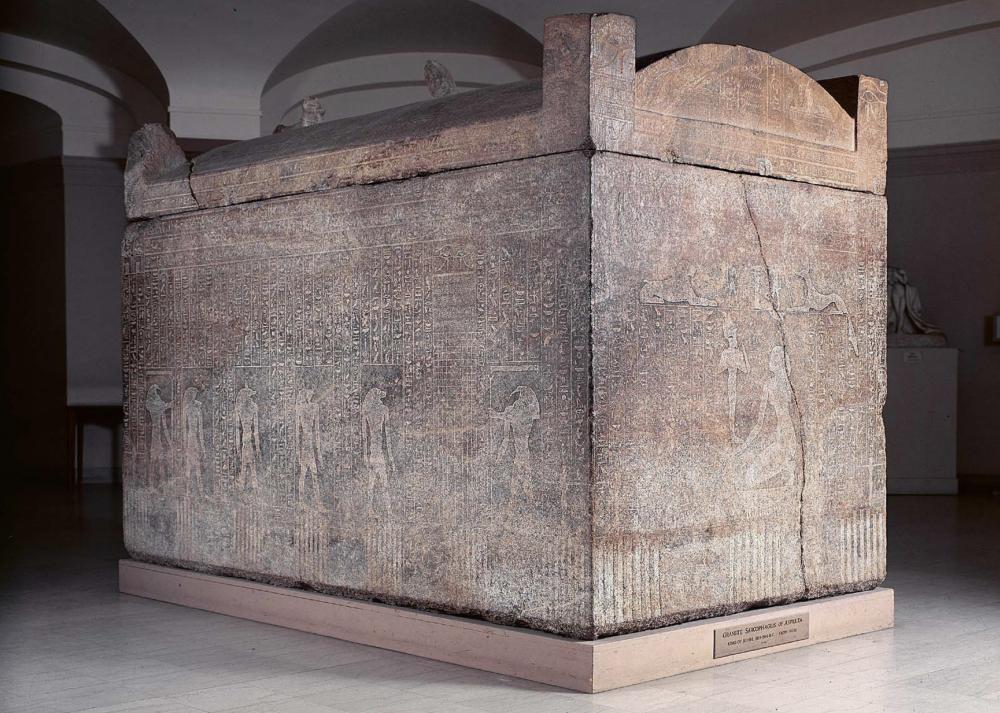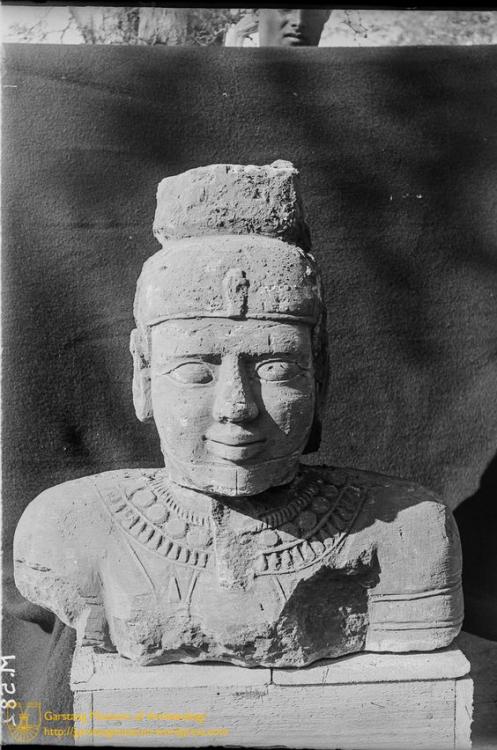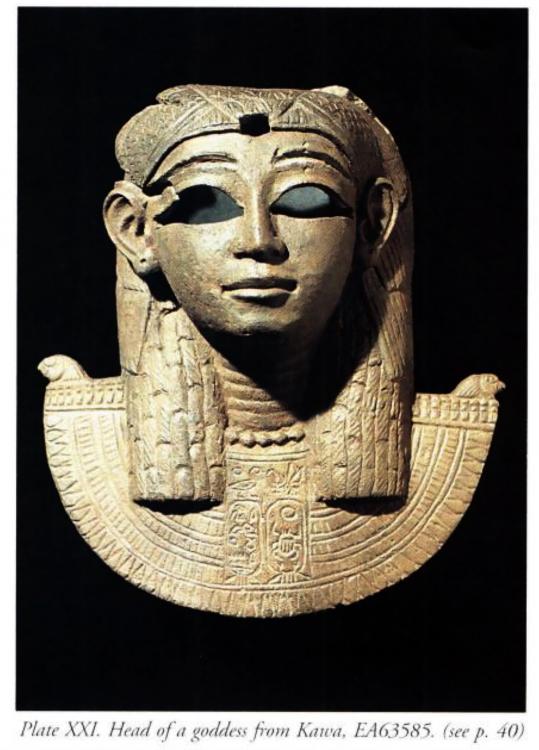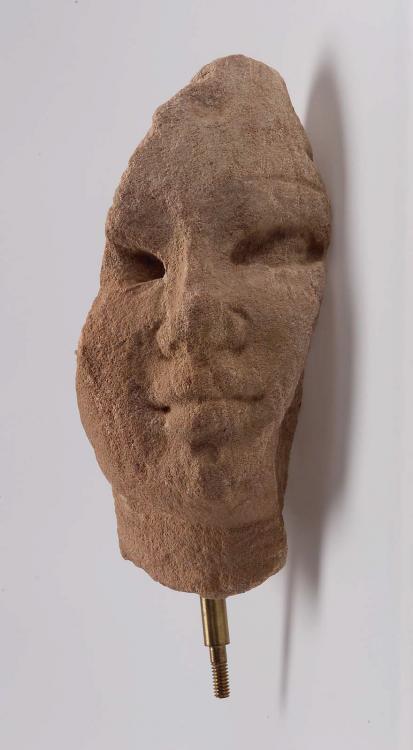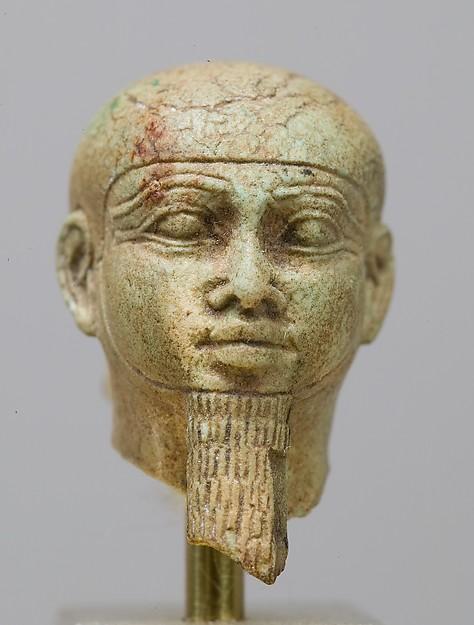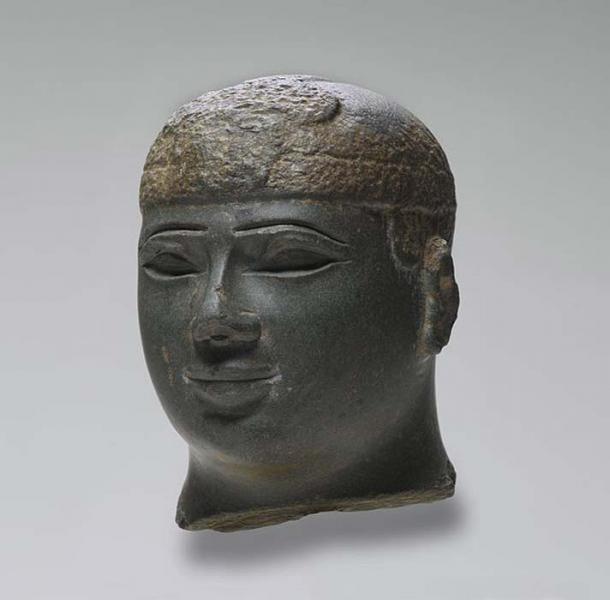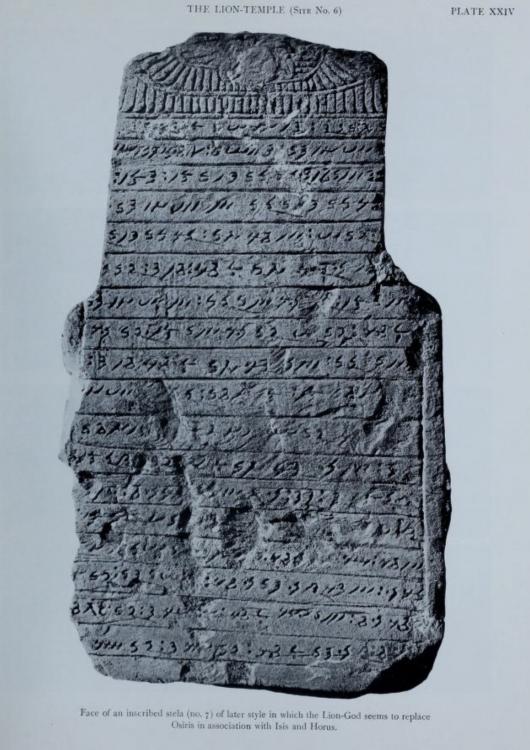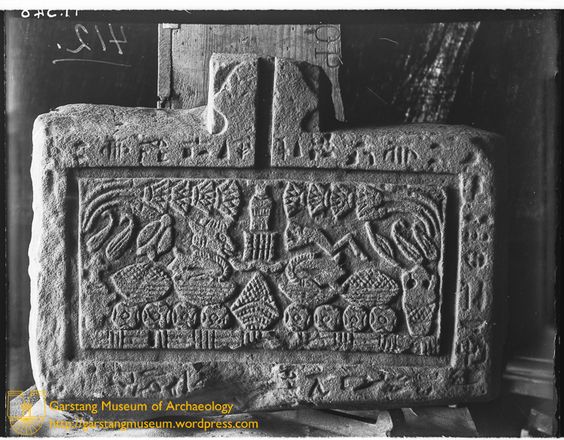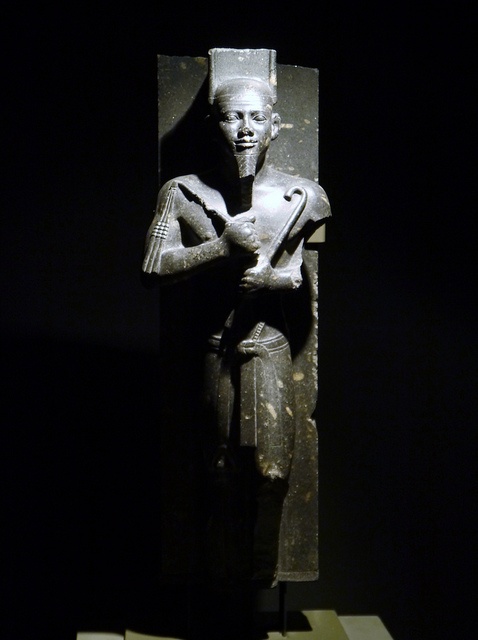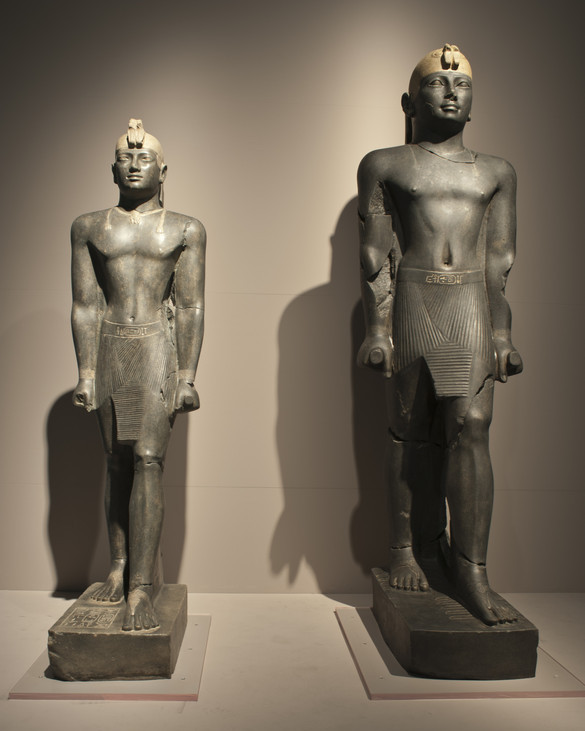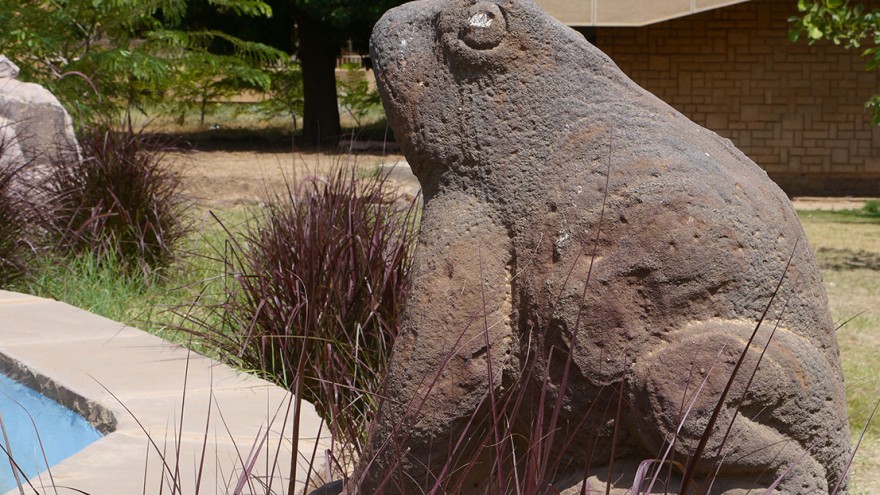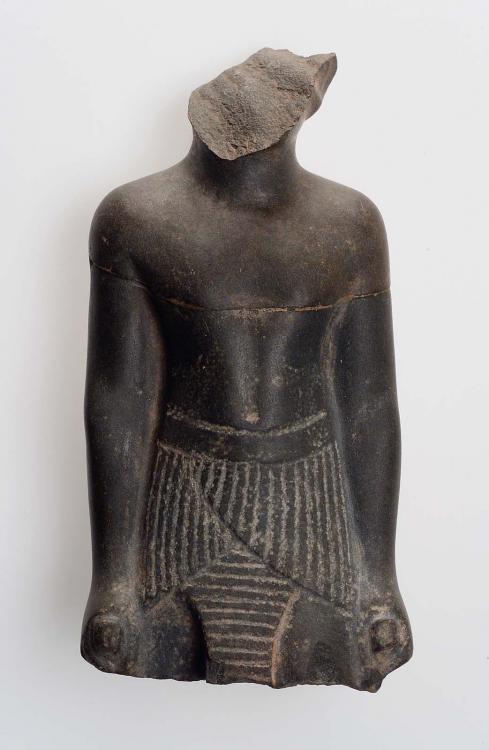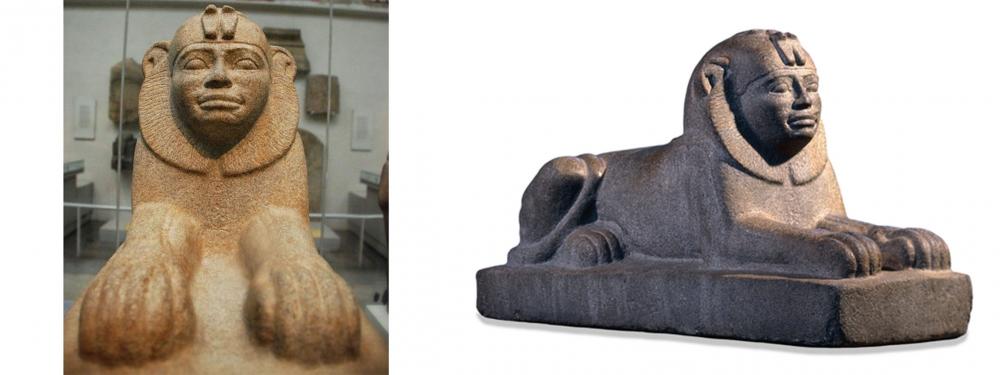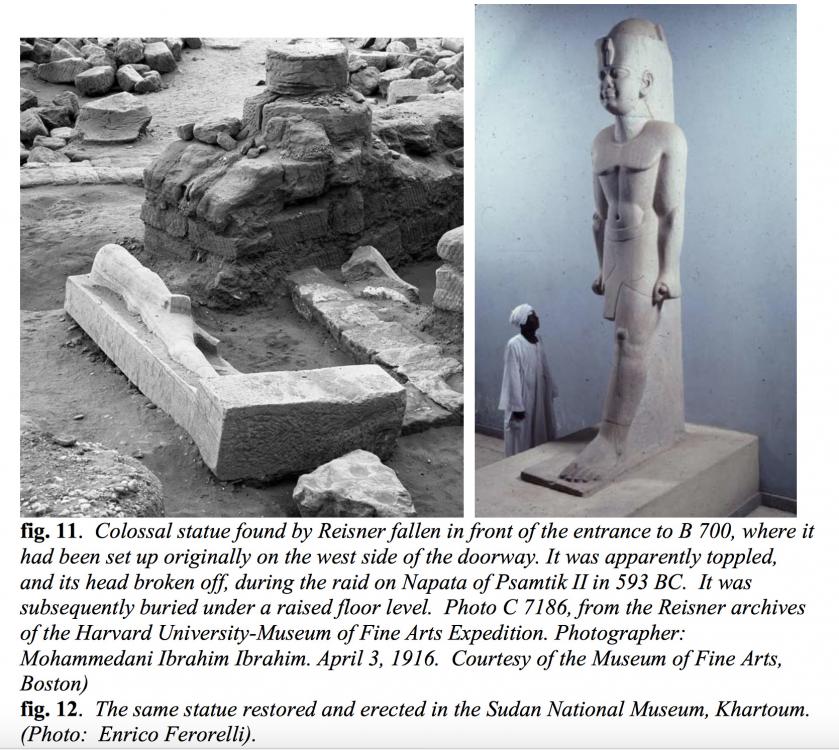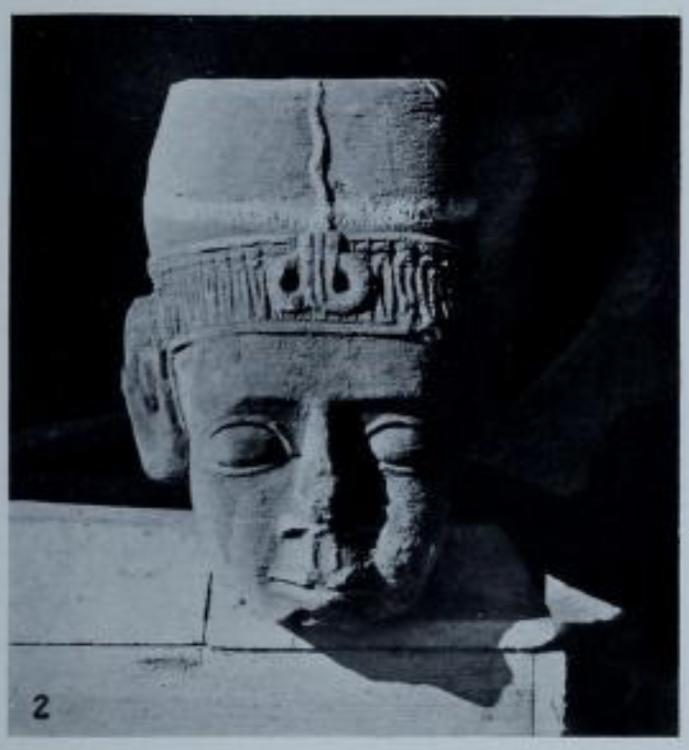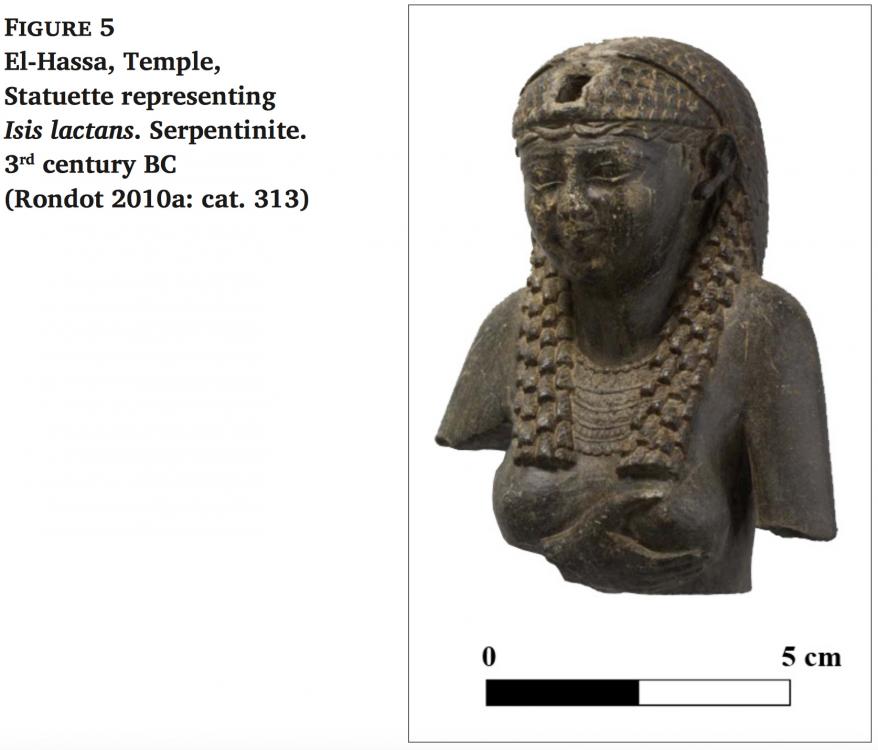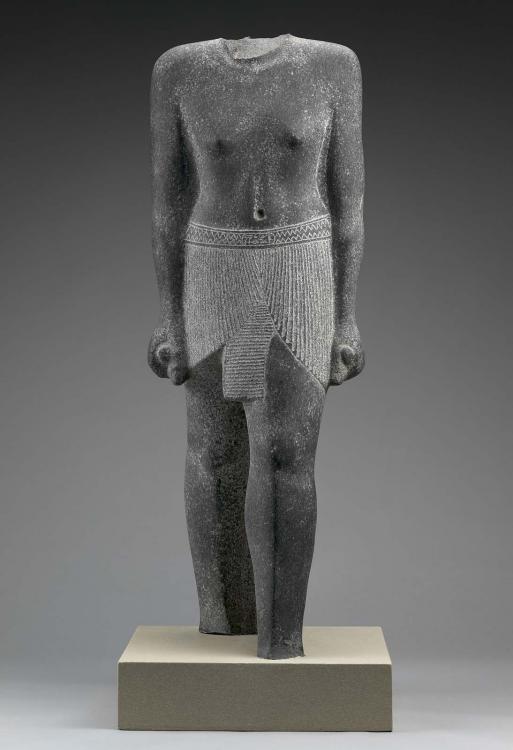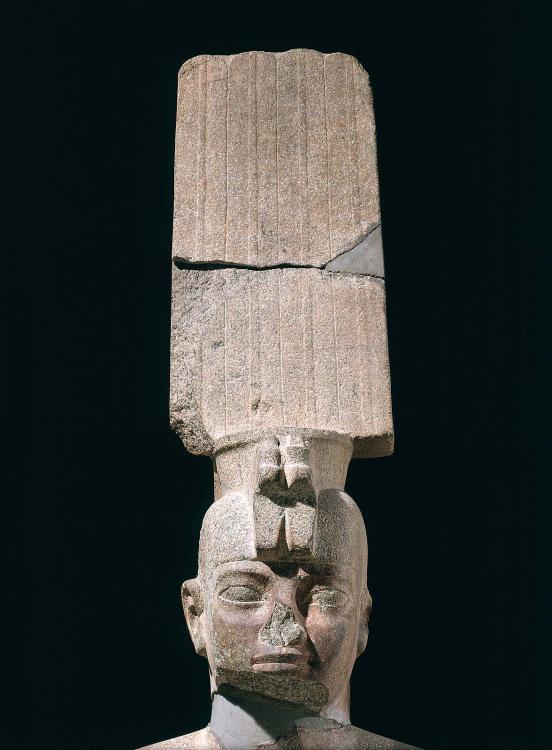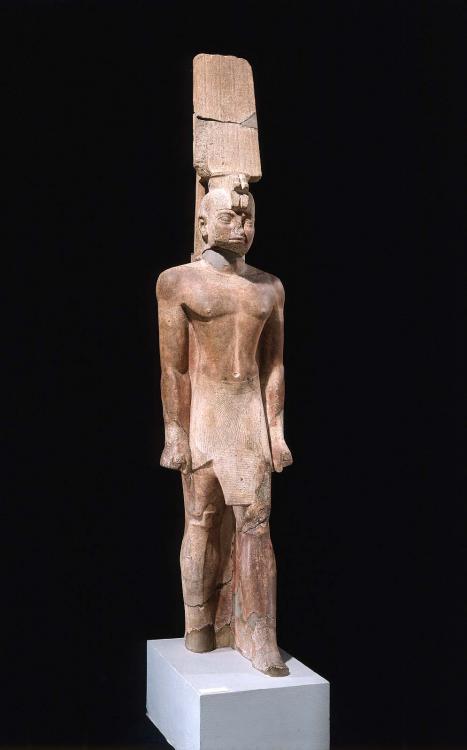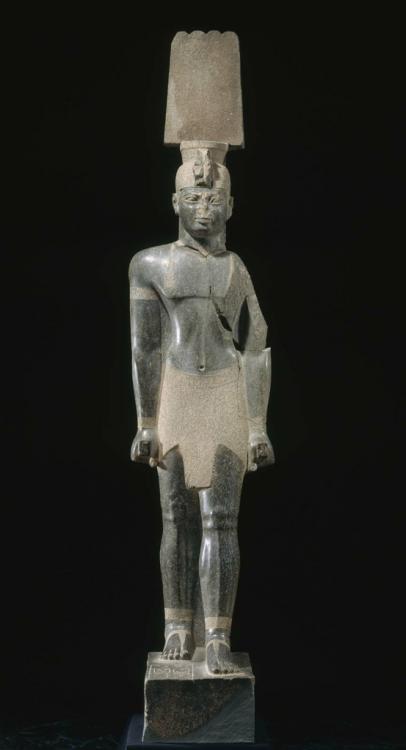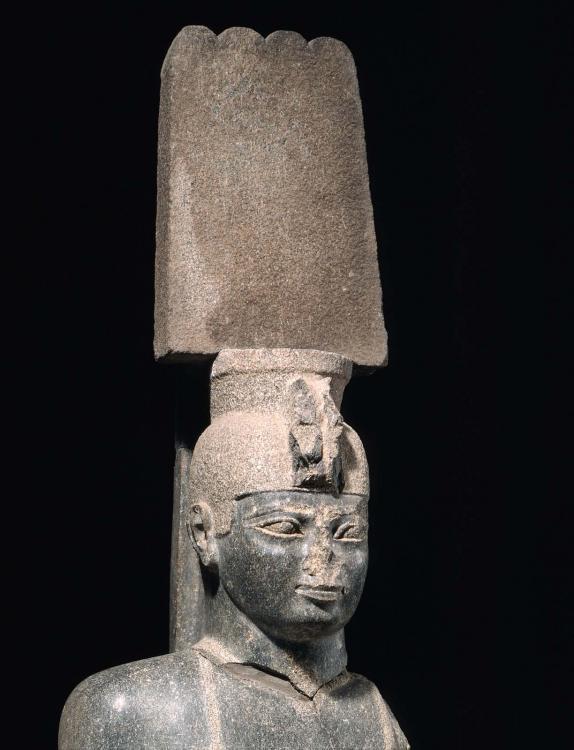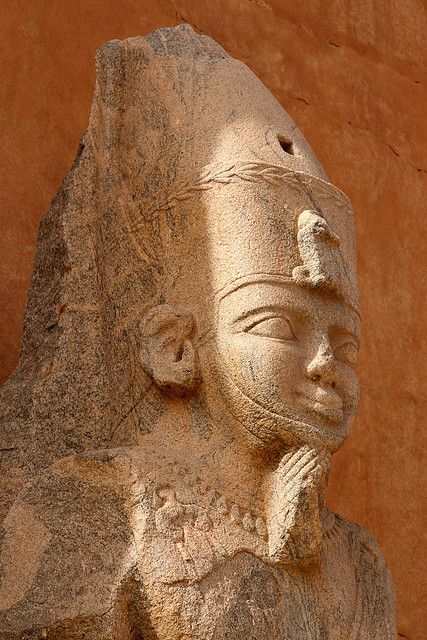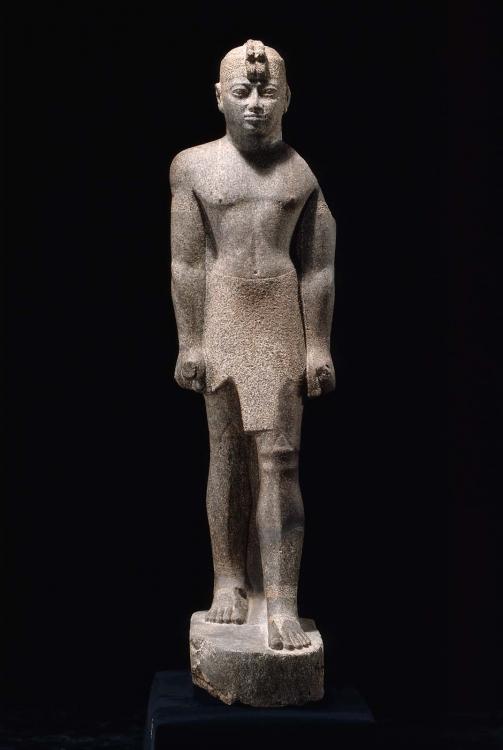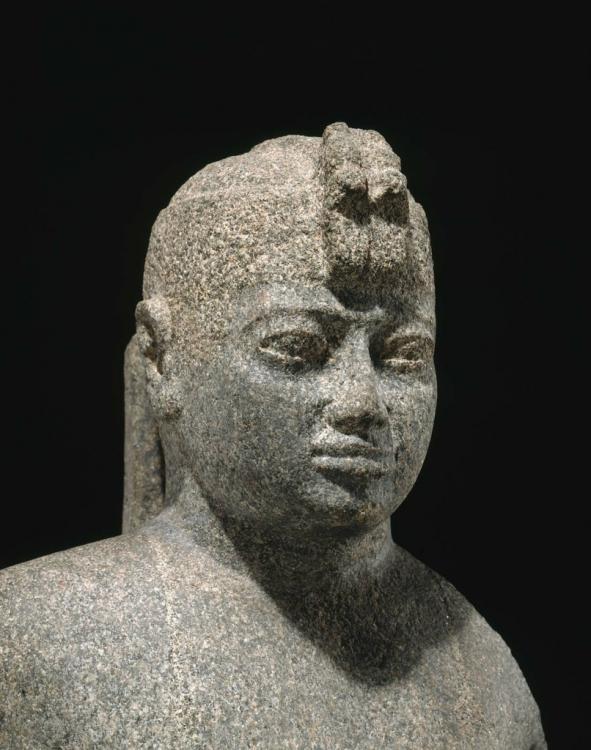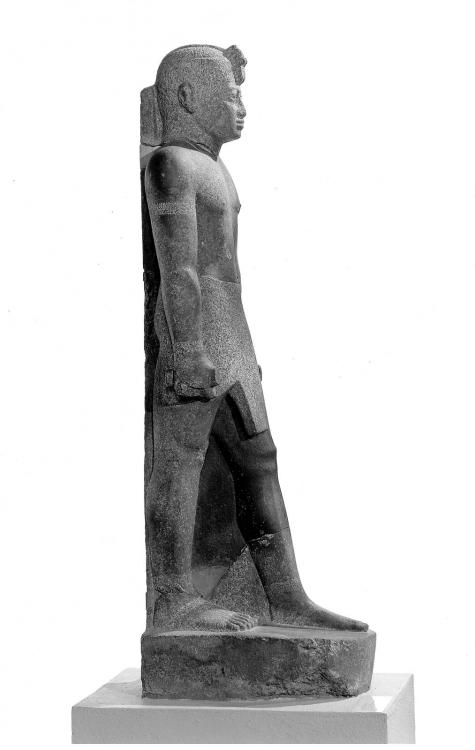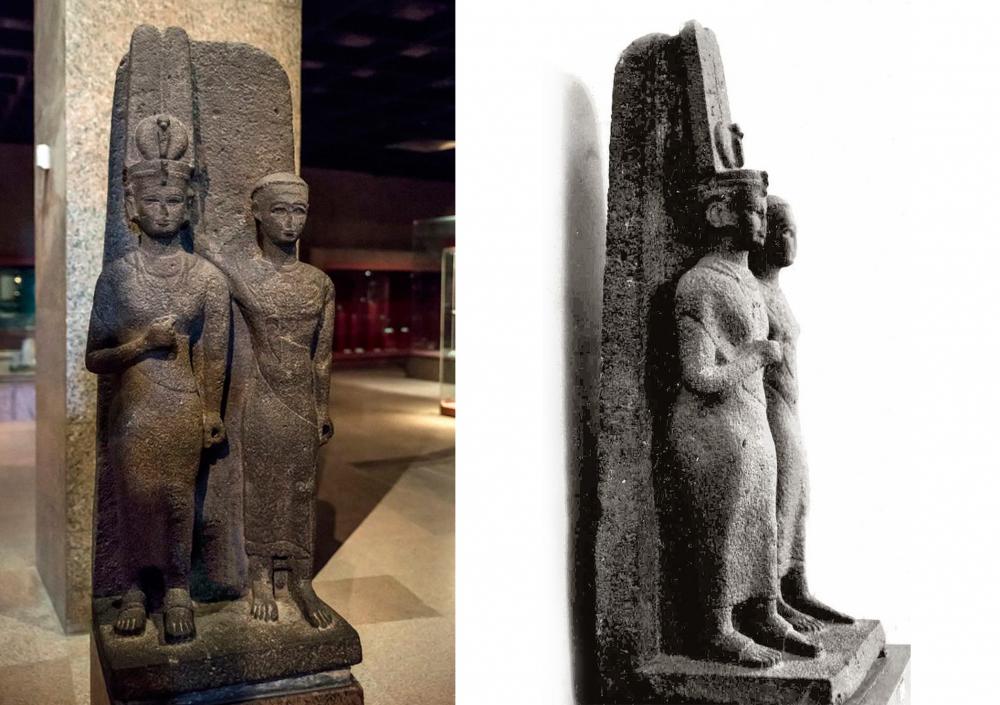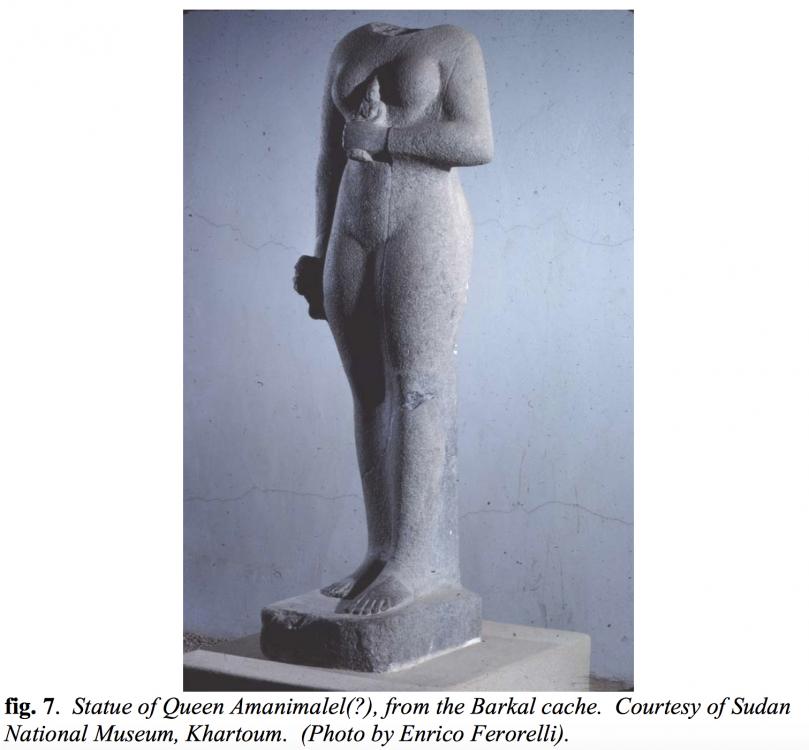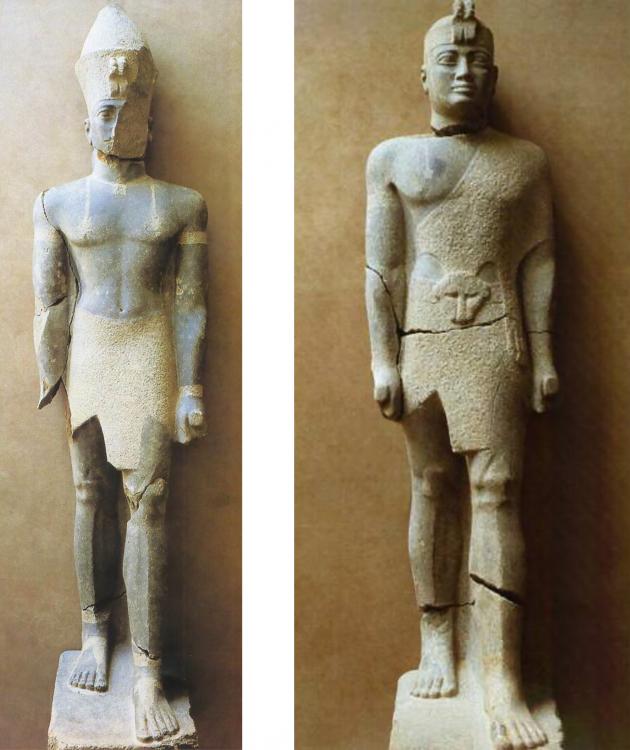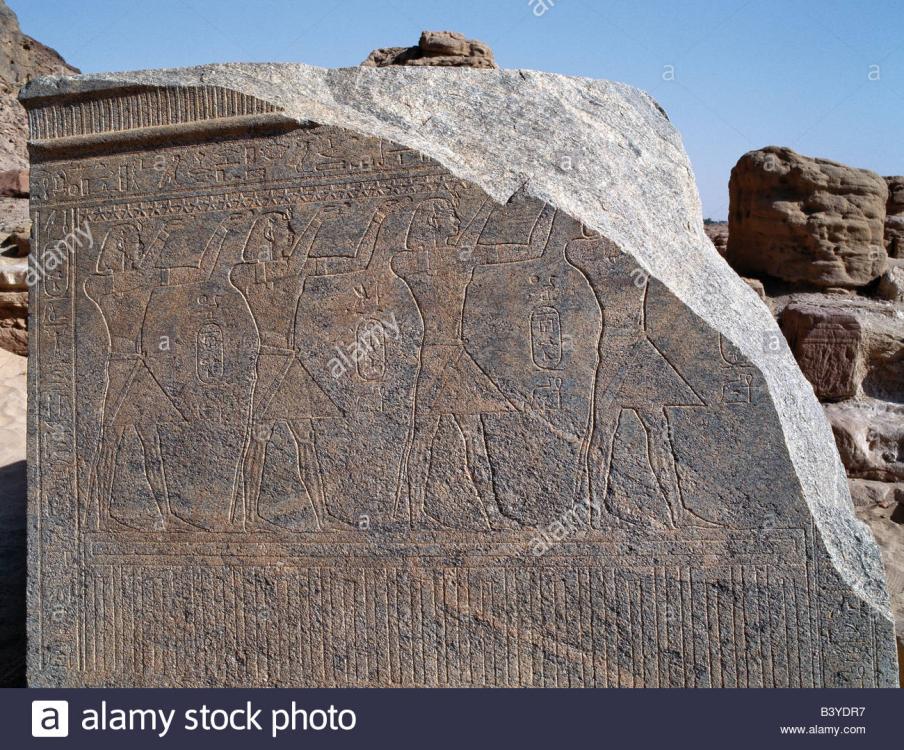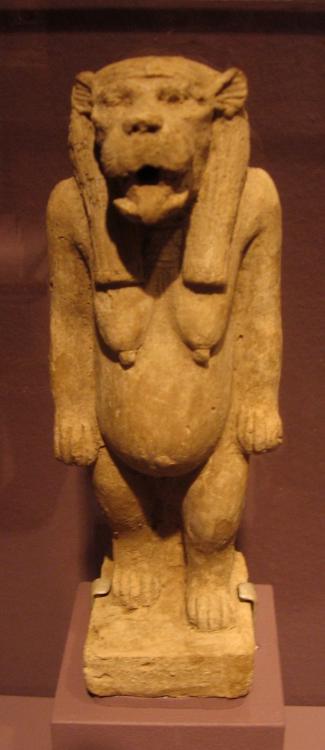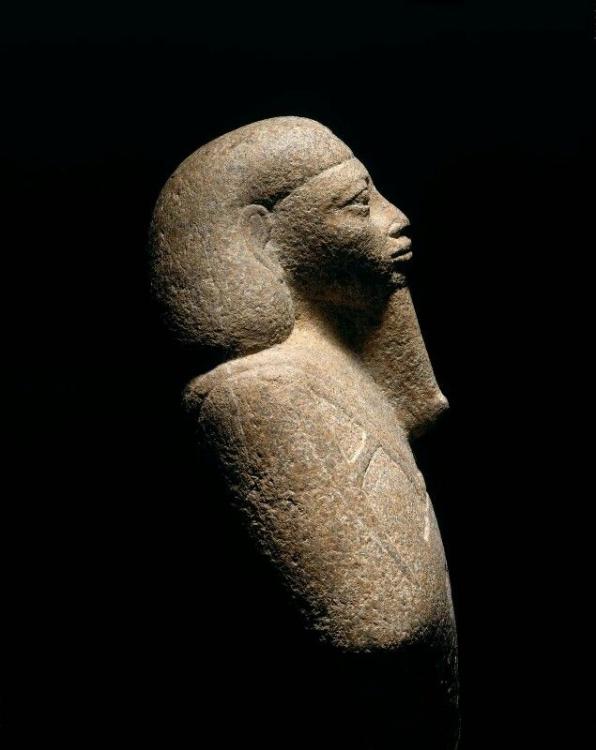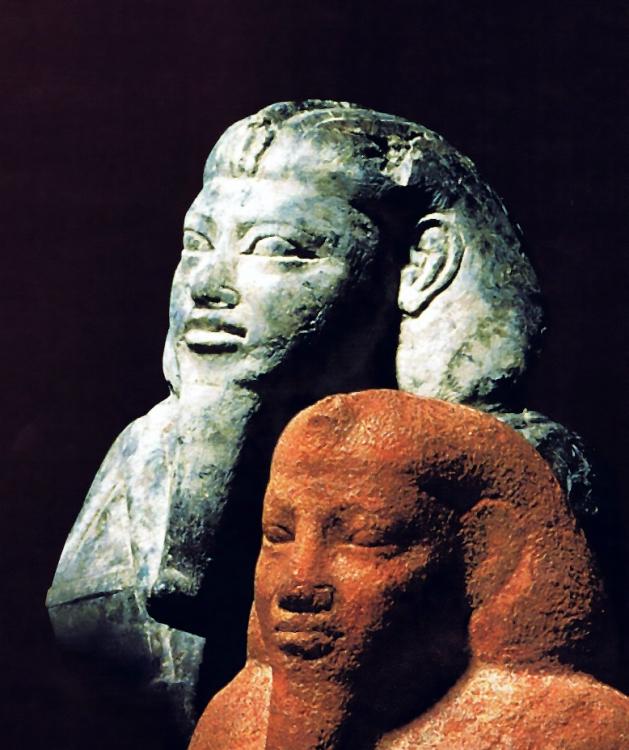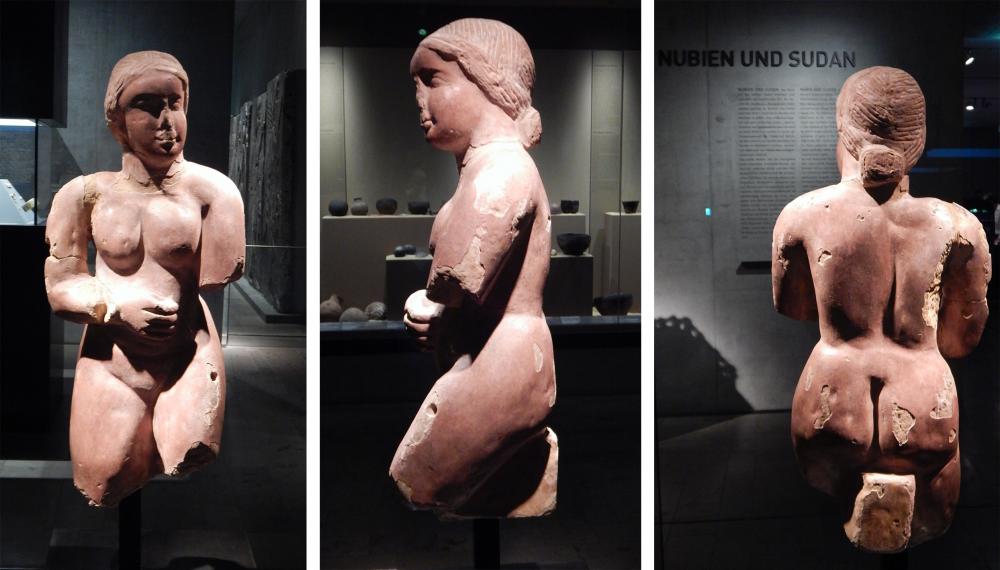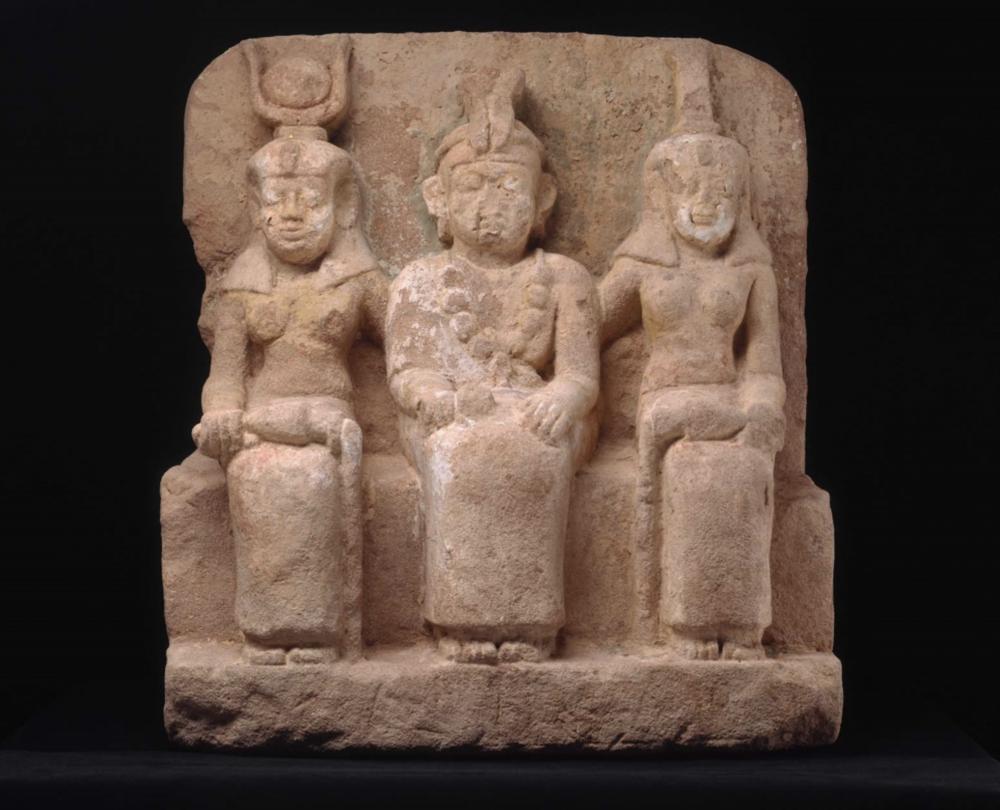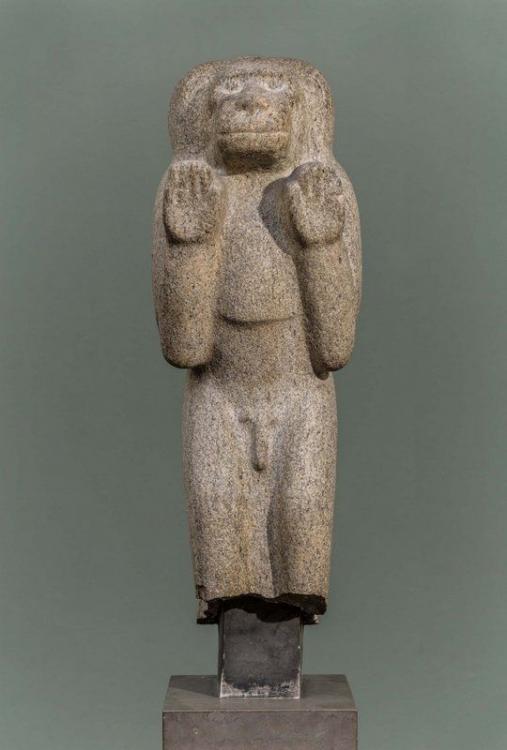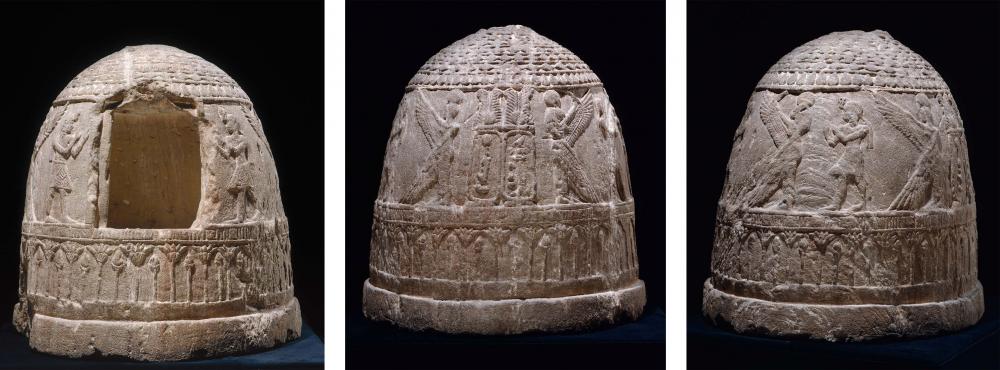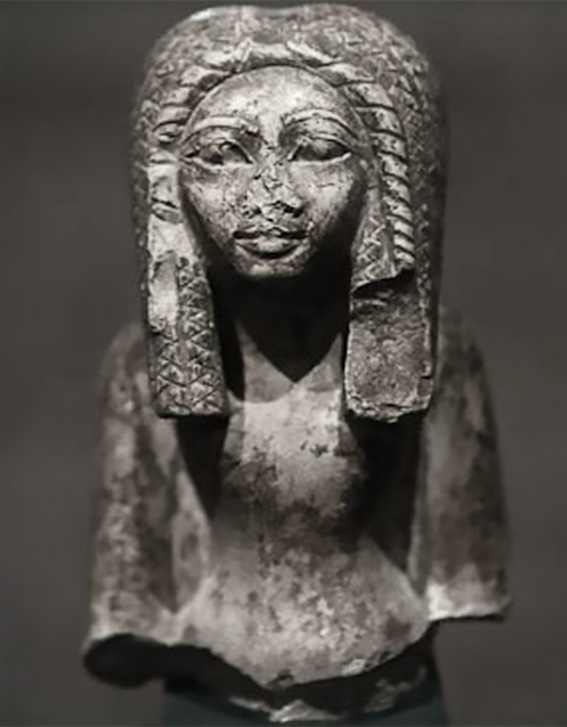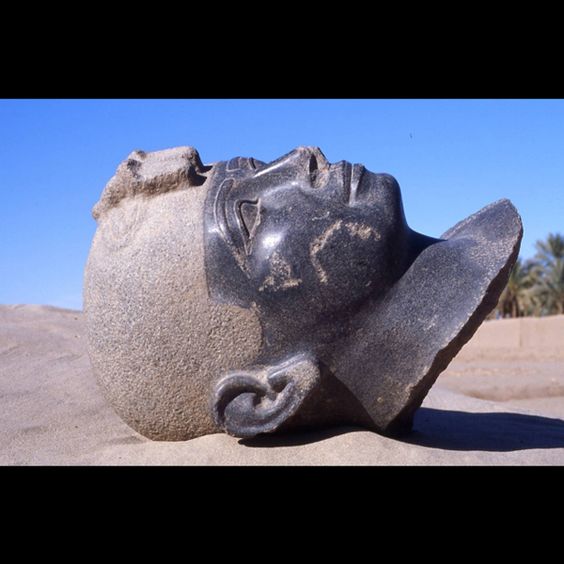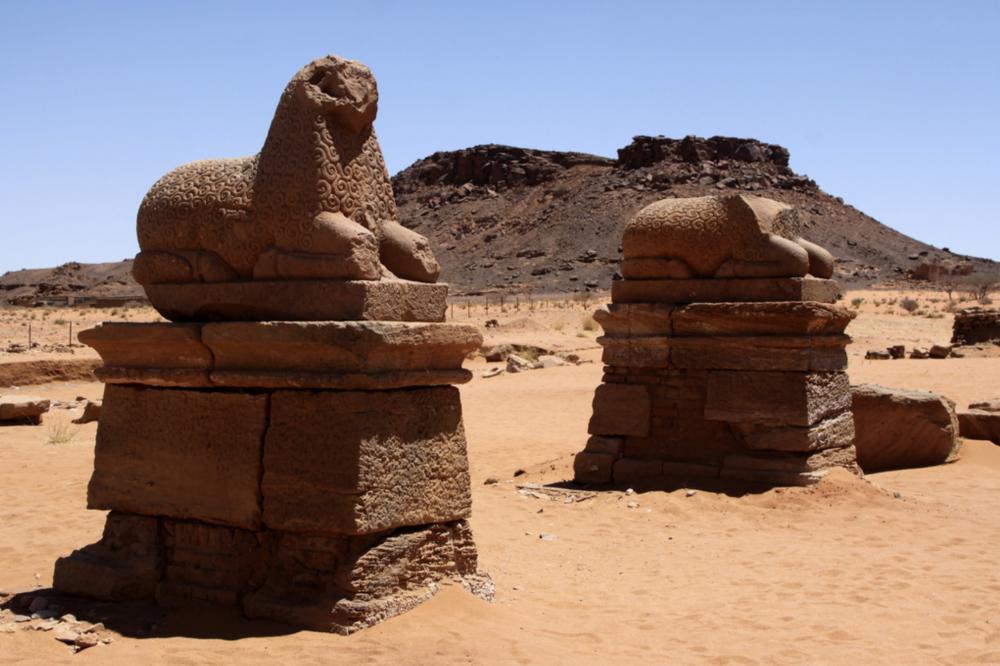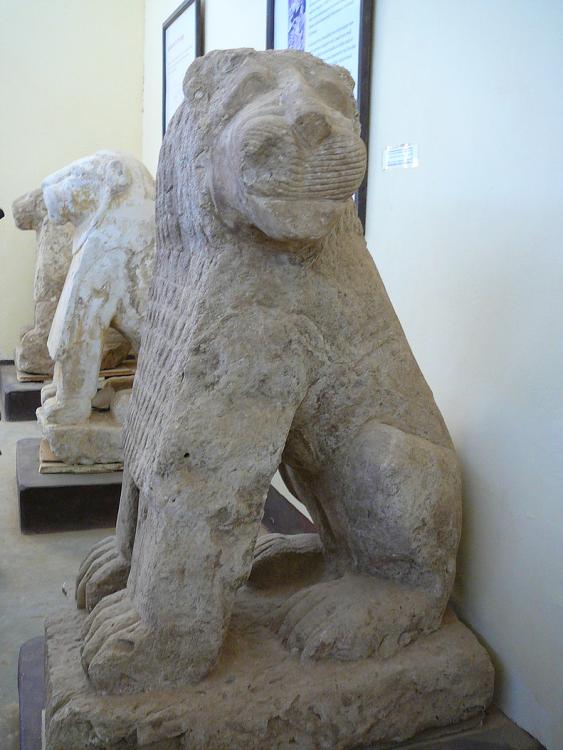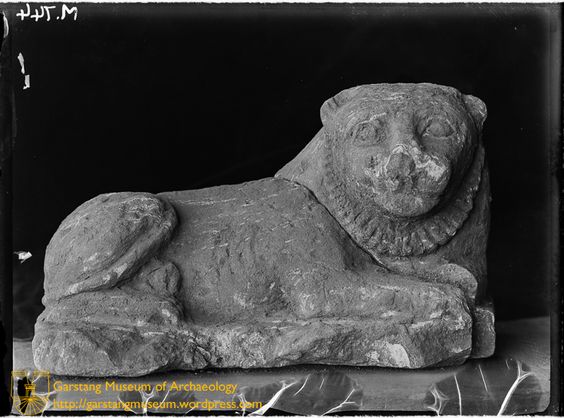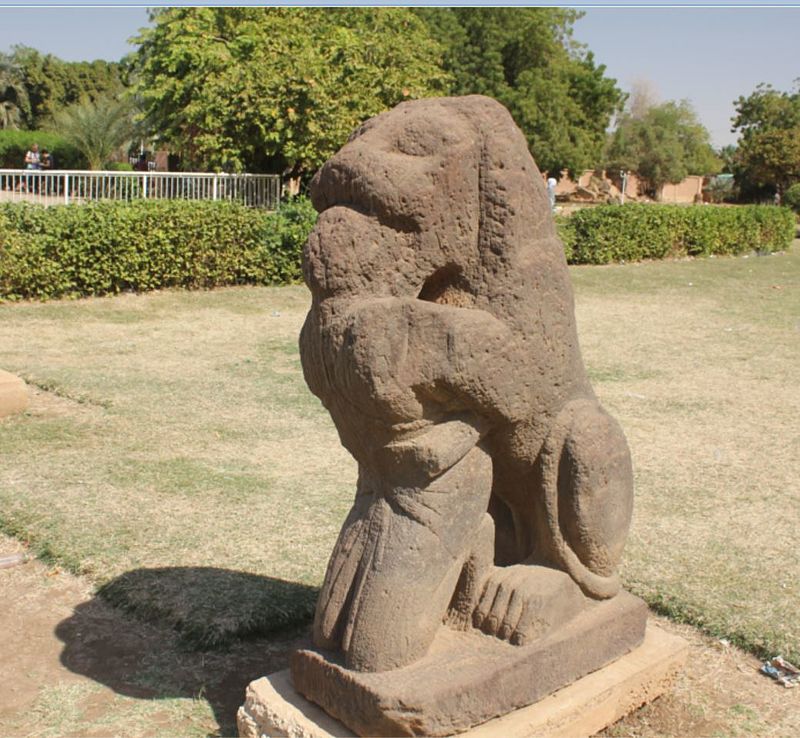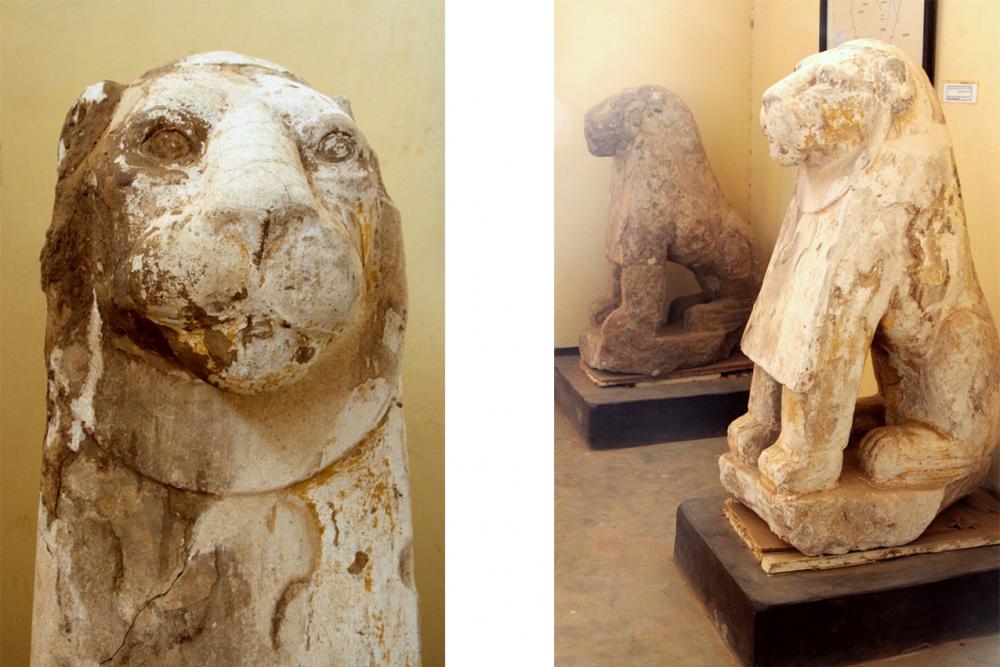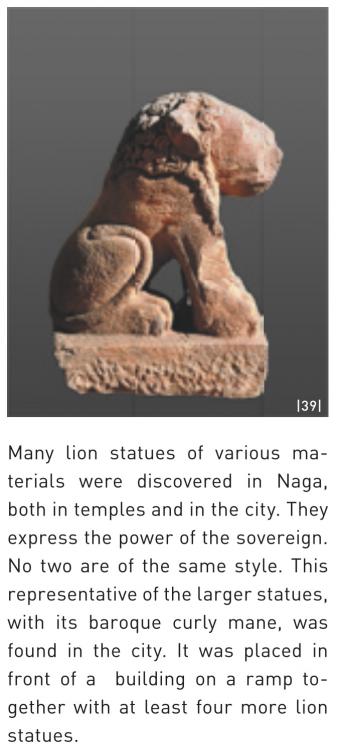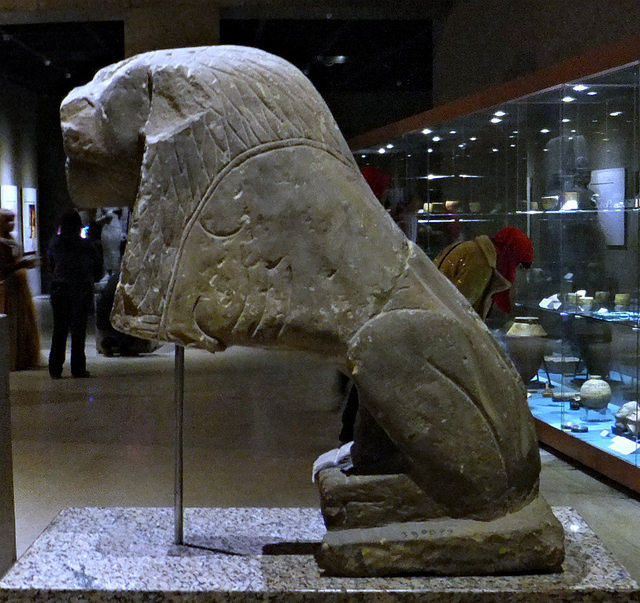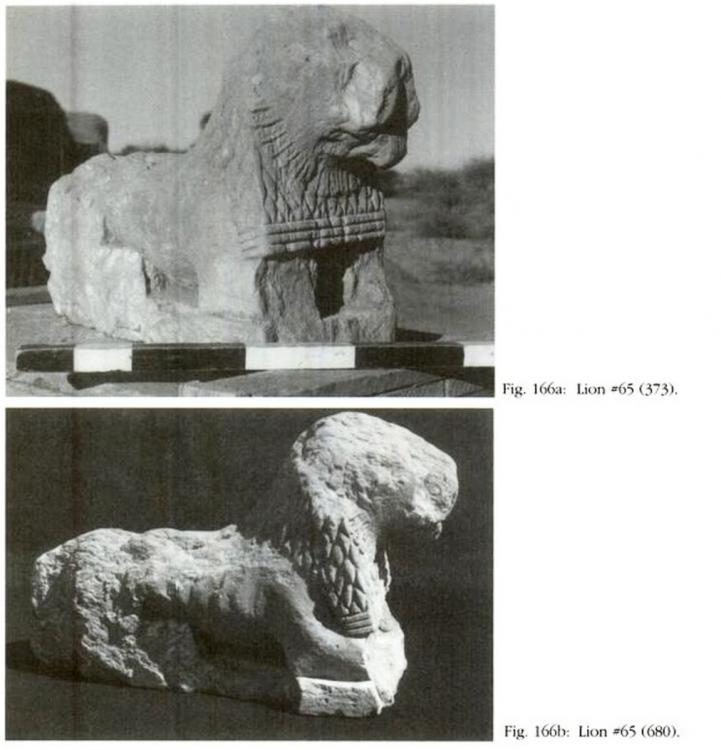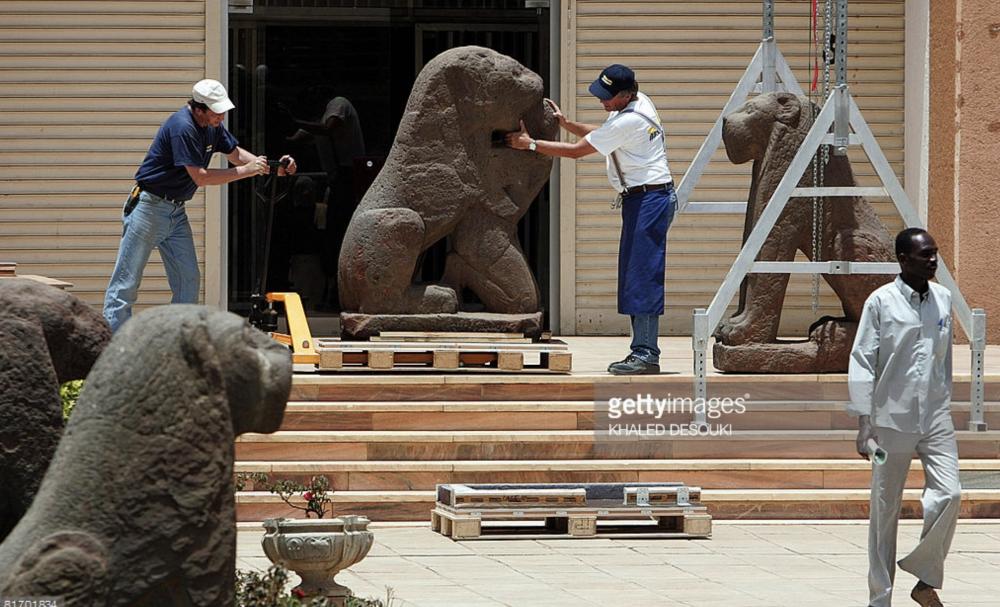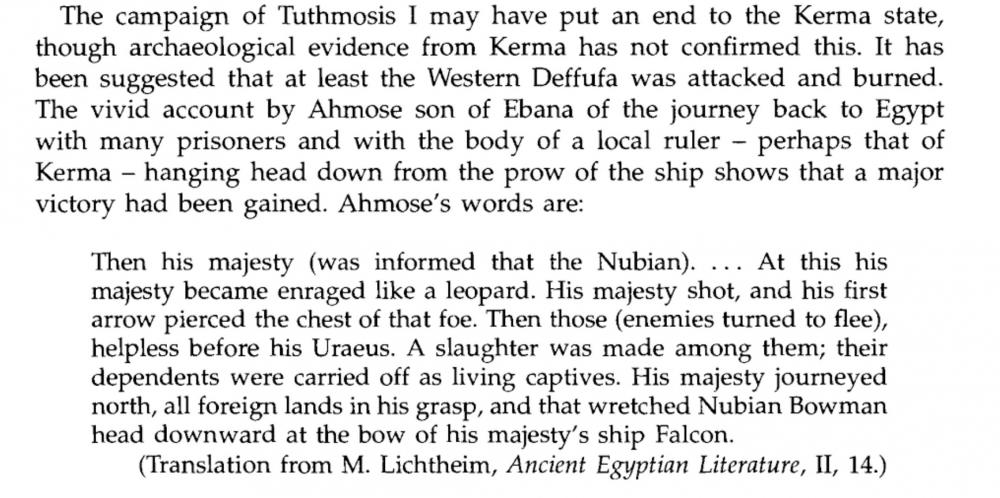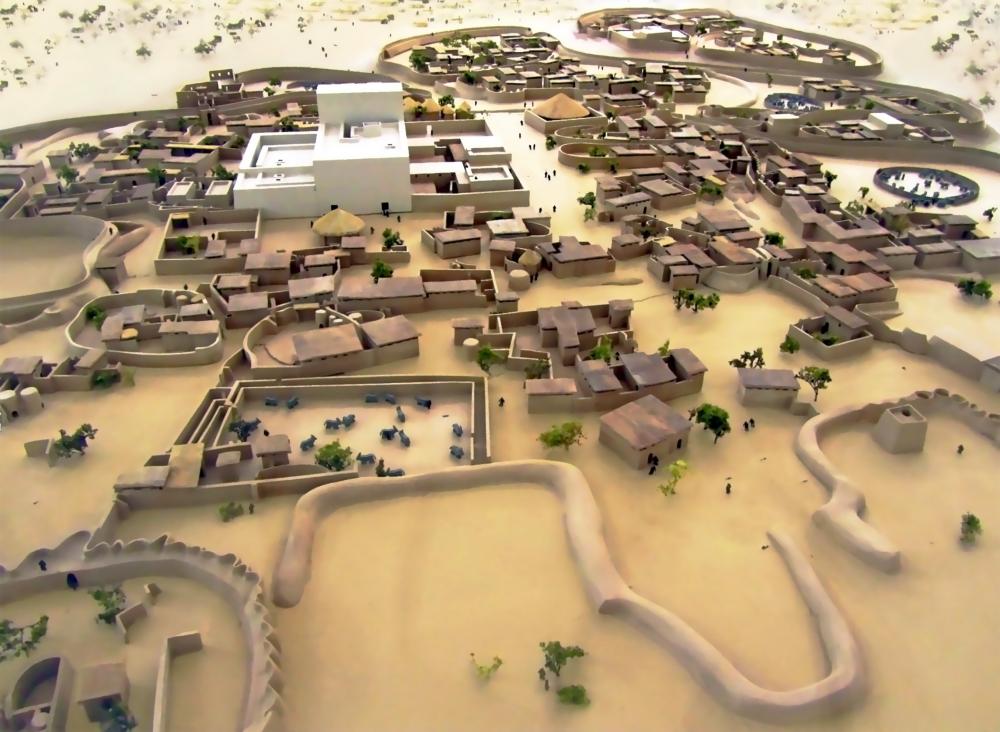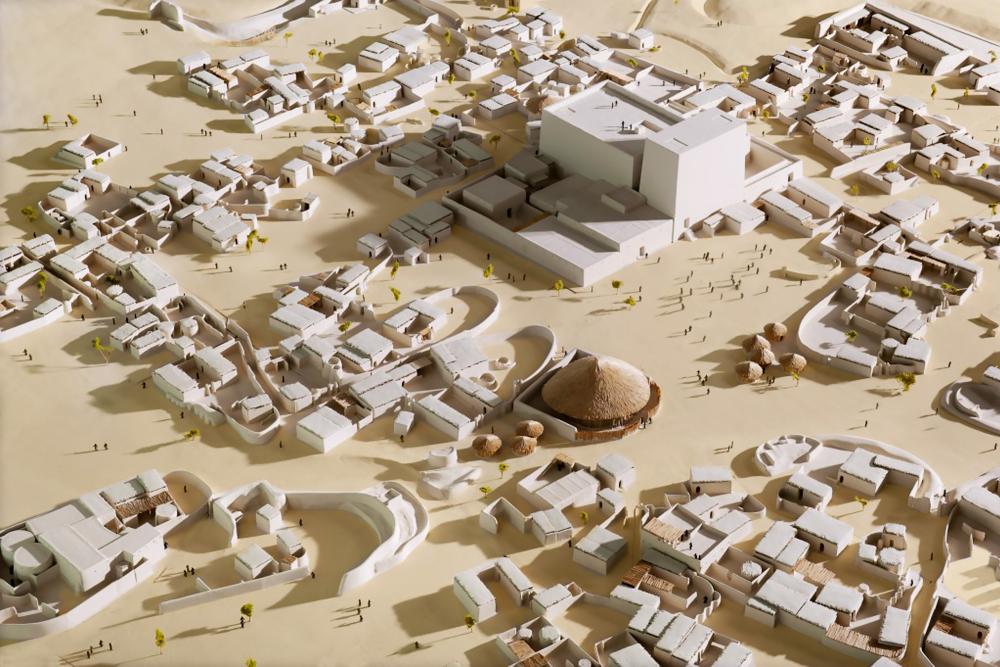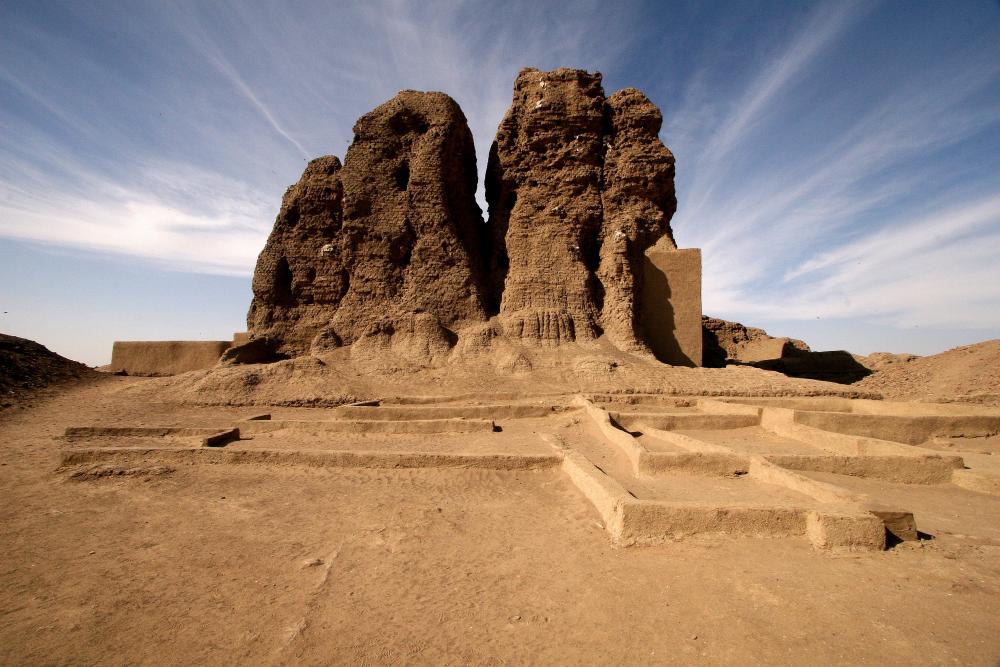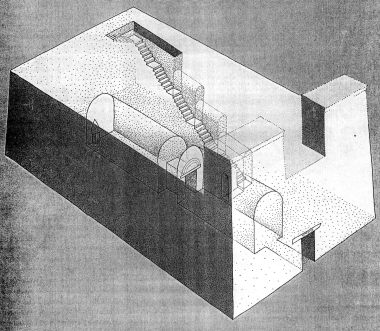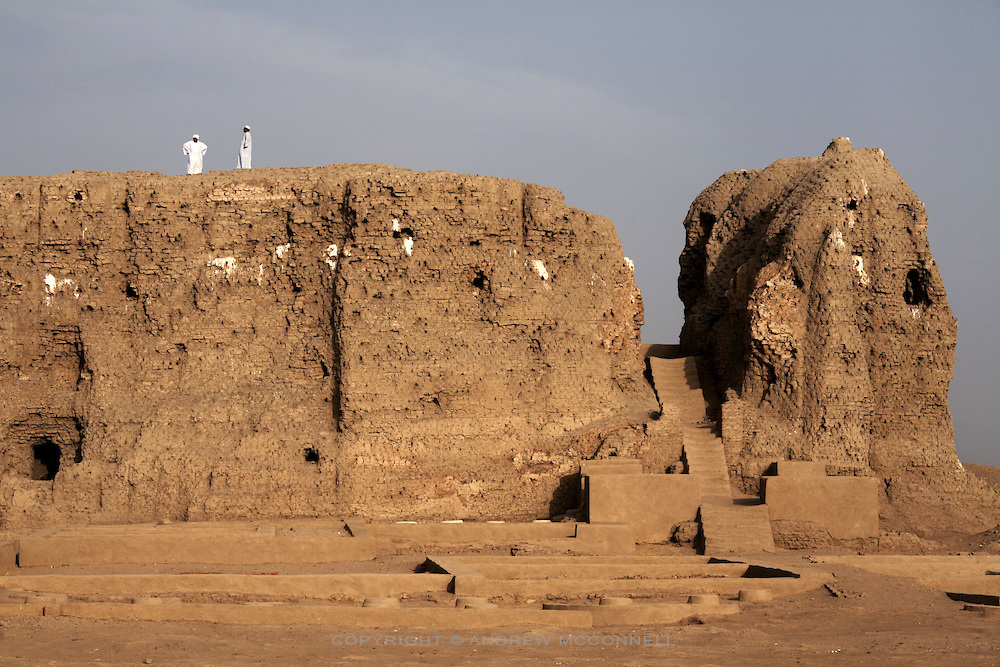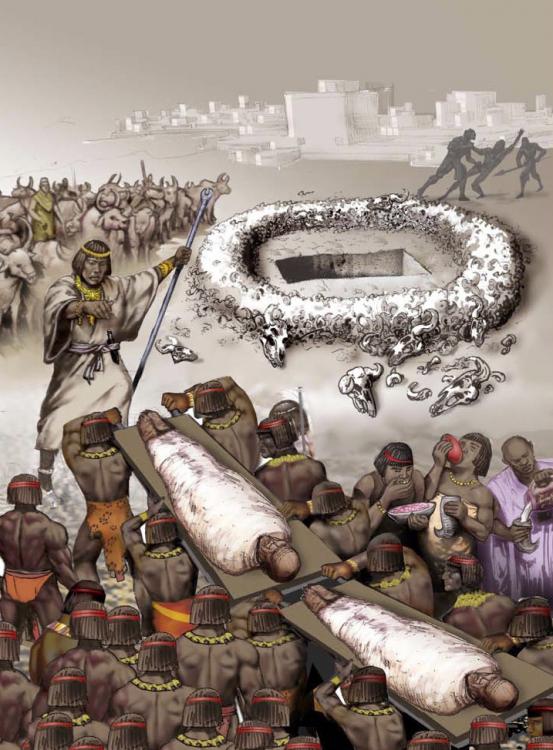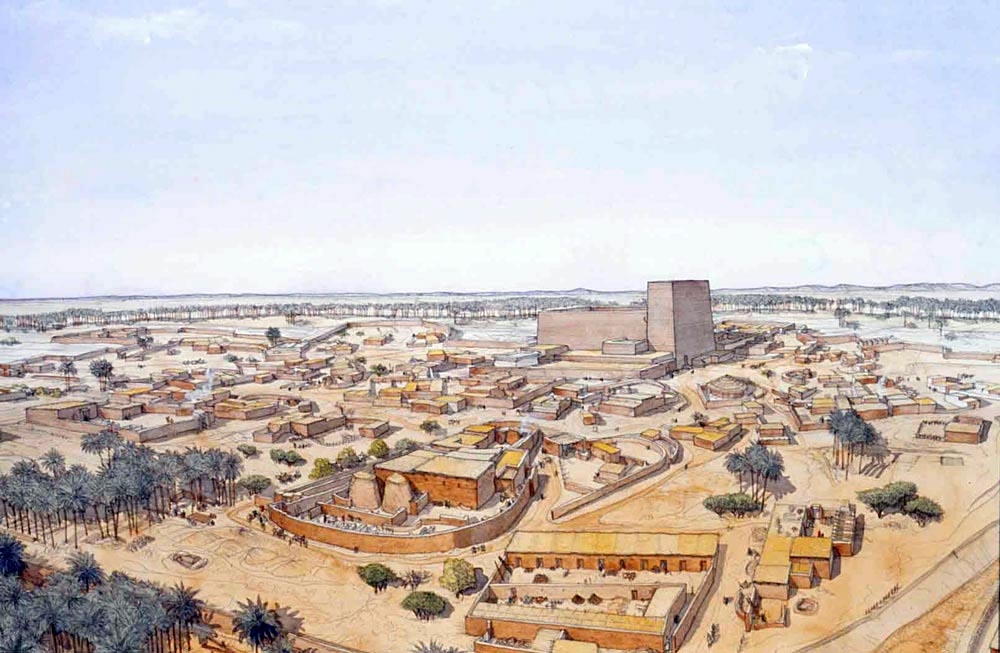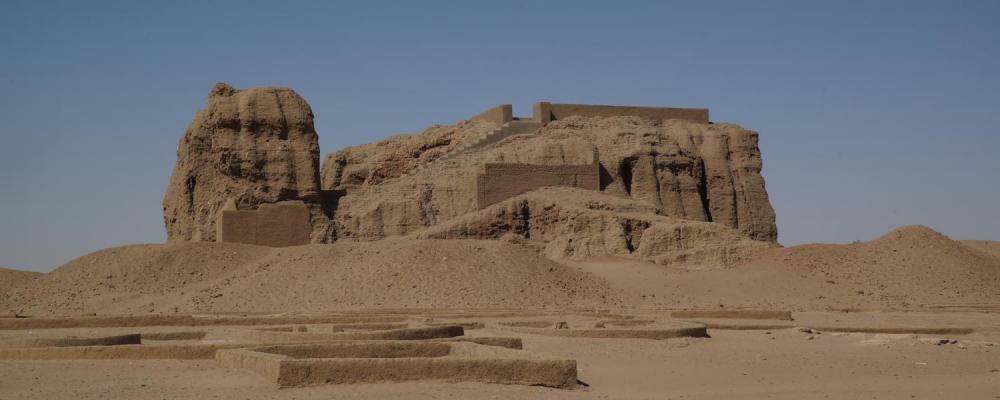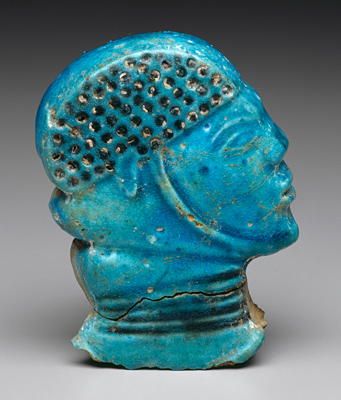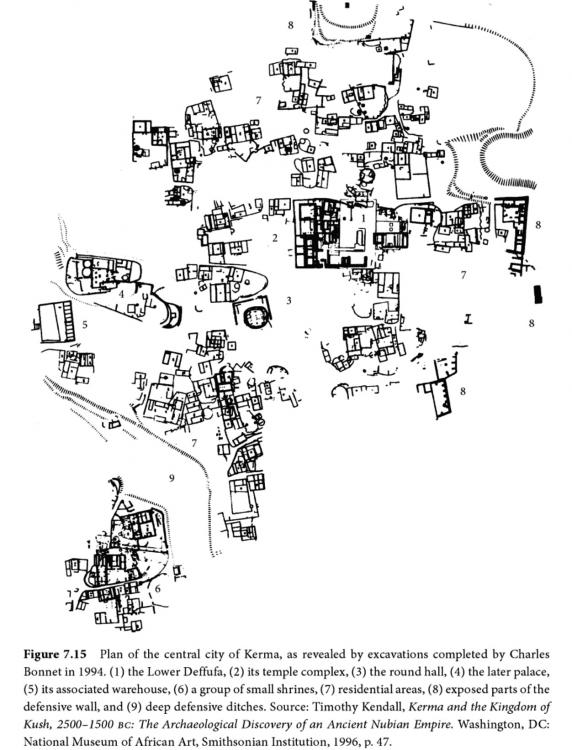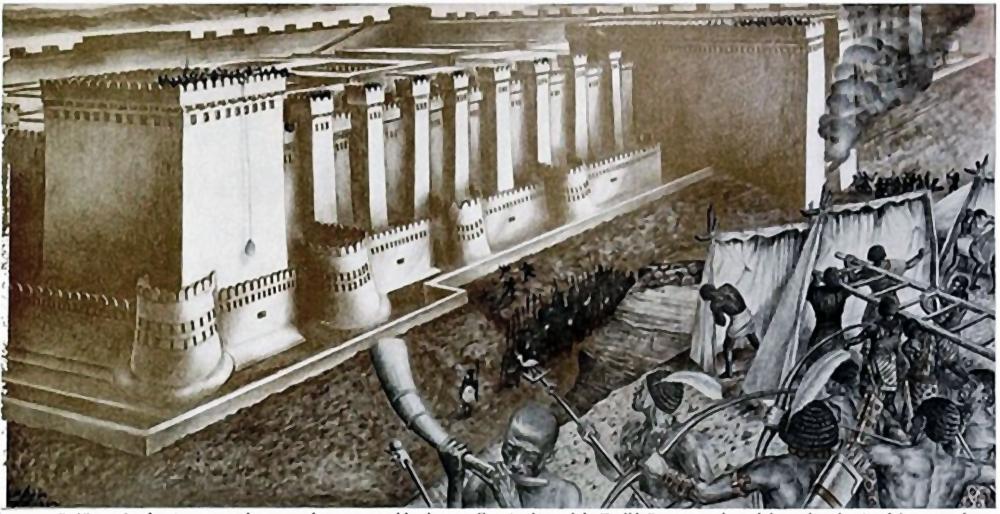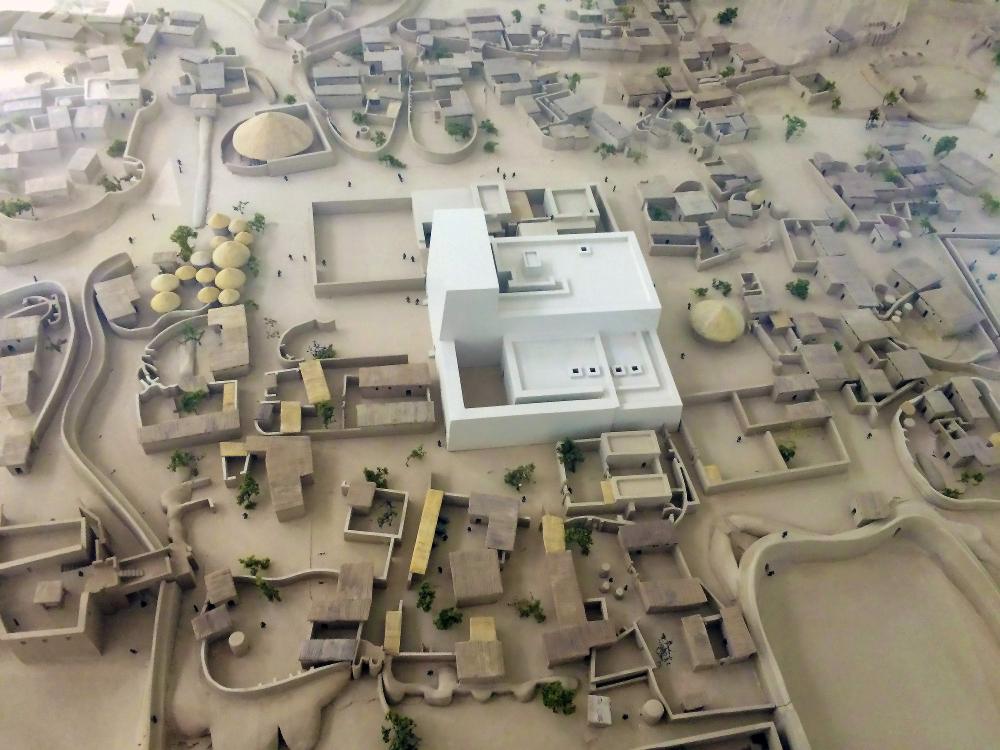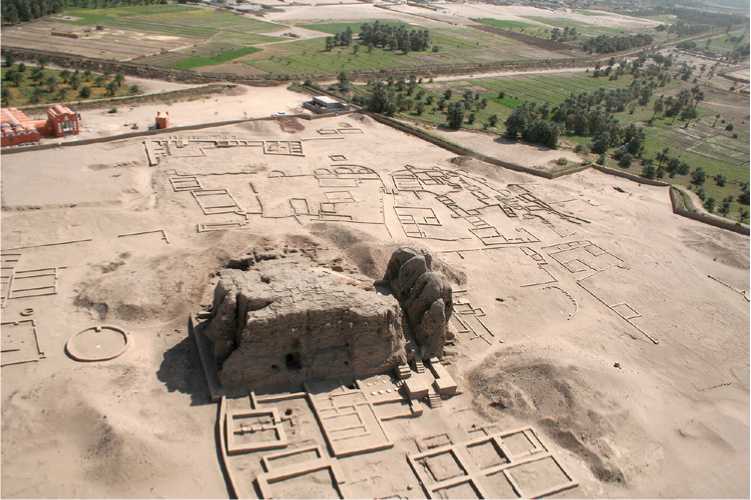Leaderboard
Popular Content
Showing content with the highest reputation on 2017-11-07 in all areas
-
Strange that it suddenly stopped working, as this issue should only depend on the values provided by the CPU and it seems very unlikely that those would suddenly change. At least we should take care to somewhere before next release throw this code out, as it doesn't really serve a purpose.2 points
-
1 point
-
1 point
-
You have some weird normal smoothing going on around that tower's plaster, I see it a lot on old asset's columns where the top and bottom faces arent seperated but the whole thing is smoothed. I might just make a topic on it. makes things look plastic-y and unnaturally bright. I think it still exists in the old carthaginian temple too1 point
-
1 point
-
Nope All I can say is that they're cylindrical, and it's the original shape (it's not broken of or anything)... I don't think anyone really knows. In some alternative medicine circles it's referred to as "The Wands of Horus", but that seems like a load of BS at a first glance... Here's 13 pages of academic ramblings specifically on the subject, but doesn't really say anything conclusive, only conjecture: Personally, I suspect they might be symbolic cylindrical seals, representing royal authority. Who knows, another one of those Nile Valley mysteries... @stanislas69, good video!1 point
-
Mmh apparently it's in french http://www.unine.ch/unine/home/recherche/uninews.html http://www10.unine.ch/uninews/articles/immersion-dans-le-monde-fascinant-des-pharaons-noirs/1 point
-
Hmm, they are kings though. See the cobra crowns?1 point
-
Any idea what these guys are supposed to be grasping?1 point
-
The Statuary of Kush, and other artefacts of cut stone This post focuses on the rich legacy of statues of cut stone in the Kingdom of Kush. Kushites loved statues, and produced a large corpus of monolithic carvings of many of their favourite subjects, particularly of royalty, but also deities and animals like lions, rams and even frogs. Other interesting stone objects include the many inscribed stelae, offering tables and the carved boat stands and altars in the temples. The most common medium is sandstone, which was the primary type of stone richly available in their territories, but granite and a number of other types of stone were also used. These statuary and carvings were produced during every period of Kush, since at least the Egyptian period. Statues and other cut stone artefacts from Kush:1 point
-
Moving the part that does the layout of the resource objects into a function and calling that from the function where you replaced horizontallySpaceObjects with verticallySpaceObjects. Possibly placing that in some other file if you want to. Mostly so in your mod (or someone else in a mod) can just replace that new function without having to ship a modified copy of session.js. You added full copies of session.js and functions_utility.js to your mod, with small modifications. This is going to be hard to maintain. If the only thing you actually ship in your mod are two script files, one with the verticallySpaceObjects function, and one with the modified placement/layout function (which needs that part to be split from the function it is currently in), then the amount of work you will have to do when you upgrade to the next release will be reduced by a lot.1 point
-
Kerma: Capital of the first Kingdom of Kush (c. 2500-1500 BC) Aerial view of a historic reconstruction of the central district of the Royal City of Kerma, somewhere around c. 2000 - 1500 BC, showing the Western Deffufa, a massive mud-brick religious monument, still standing today at 18meters in height, surrounded by elite residential area's. This central area was walled with massive earthen ramparts with bastions. A large necropolis, shrines, palaces and agricultural villages extending north and south towards the fertile plain of the Nile surrounded this district. Just to offer some historical context and explain the cultural substrate of Kush I want to share some images and a short introduction to the history of the first Kingdom of Kush, also known as the Kingdom of Kerma. Around 2500 BC The Kingdom of Kerma eveolved out of pre-Kerma and Kerma culture which started as early as 3500 BC, in northern Sudan. The history of Kerma illustrates that the later Kingdoms of Kush weren't just mere reflections of Pharaonic Egypt, but were built on an enduring millennia old legacy that actively shaped the history of Egypt itself. I will simply quote some good sources on the subject here: Kerma (also known as Dukki Gel) was the capital city of the Kerma Culture, which was located in present-day Sudan at least 5500 years ago. Kerma is one of the largest archaeological sites in ancient Nubia. It has produced decades of extensive excavations and research, including thousands of graves and tombs and the residential quarters of the main city surrounding the Western/Lower Deffufa. Around 3000 BC, a cultural tradition began around Kerma. It was a large urban center that was built around a large adobe temple known as the Western Deffufa.[1] As a capital city and location of royal burials, it sheds light on the complex social structure present in this society. Settlement periods: Pre-Kerma (c. 3500–2500 BC) No C-Group culture Phase Early Kerma (c. 2500–2050 BC) C-Group Phase Ia–Ib Middle Kerma (c. 2050–1750 BC) C-Group Phase Ib–IIa Classic Kerma (c. 1750–1580 BC) C-Group Phase IIb–III Final Kerma (c. 1580–1500 BC) C-Group Phase IIb–III Late Kerma – ‘New Kingdom’ (c.1500–1100? BC) ‘New Kingdom’ By 1700 BC, Kerma was host to a population of at least 10,000 people.[5] Different to those of ancient Egypt in theme and composition, Kerma's artefacts are characterized by extensive amounts of blue faience, which the Kermans developed techniques to work with independently of Egypt,[6] and by their work with glazed quartzite and architectural inlays. Kerma contains a cemetery with over 30,000 graves. The cemetery shows a general pattern of larger graves ringed by smaller ones, suggesting social stratification. The site includes at its southern boundary burial mounds, with four extending upwards of 90 metres (300 feet) in diameter. These are believed to be the graves of the city's final kings, some of which contain motifs and artwork reflecting Egyptian deities such as Horus. For decades after Reisner’s excavations, his dismissal of the site as an Egyptian satellite fortified city was accepted. “The patient and diligent work of Bonnet and his colleagues unearthed the foundations of numerous houses, workshops, and palaces, proving that as early as 2000 BC Kerma was a large urban center, presumably the capital city and a burial ground of the kings of Kush”.[12] From 1977 to 2003, Bonnet and an international team of scholars excavated at Kerma. In 2003, black granite statues of pharaohs of the Twenty-fifth Dynasty of Egypt were discovered near Kerma by Charles Bonnet and his archaeological team. - Wikipedia: Kerma - Kerma was evidently a sizable political entity - Egyptian records speak of its rich and populous agricultural regions. Unlike Egypt, Kerma seems to have been highly centralized. It controlled the 1st to 4th Cataracts, which meant its domain was as extensive as ancient Egypt. Numerous village communities scattered alongside fields of crops made up the bulk of the realm, but there also seems to have been districts wherein pastoralism (goat, sheep and cattle) and gold processing were important industries.[6] Certain Kerma towns served to centralize agricultural products and direct trade. Analysis of the skulls of thousands of cattle interred in royal Kerma tombs suggest that stock were sometimes brought vast distances, from far districts, presumably as a type of tribute from rural communities on the death of Kerma's monarchs. This parallels the importance of cattle as royal property in other parts of Africa at later times. Only the centres of Kerma and Sai seem to have had contained sizable urban populations. Possibly further excavations will reveal other regional centres. At Kerma and Sai, there is much evidence of wealthy elites, and a class of dignitaries who monitored trade in merchandise arriving from far-off lands, and who supervised shipments dispatched from administrative buildings. Evidently, Kerma played an important intermediary role in the trade of luxury items from the Central African interior to Egypt. During the First Intermediate Period, the Egyptian presence in Lower Nubia ceased. When at the beginning of the New Kingdom, Egyptian sources again mentioned the region of Kerma, they reported Kerma as being in control of both Upper and Lower Nubia. The long history of Egyptian military activity in Lower Nubia may indicate that Kerma was perceived as a threat to Pharaonic Egypt at varying times. Principal Egyptian fortifications were built in the middle Nile Valley during the Middle Kingdom.[8] These were to secure the Upper Egyptian border against raids from Kerma, and more than likely and to protect the valuable trade routes between the two regions.[3] Both during the Middle and New Kingdoms, the resources Kerma possessed – gold, cattle, milk products, ebony, incense, ivory, etc. – were much coveted by Egypt. Its army were built around archers.[9] During its zenith, Kerma formed a partnership with the Hyksos and tried to crush Egypt. Discoveries in 2003 at the Governor of El Kab's Tomb (near Thebes) show that Kerma invaded deep into Egypt between 1575 and 1550 BCE. It is believed that this was one of Egypt's most humiliating defeats, which later pharaohs had erased from the official historic records. Many royal statues and monuments were looted from Egypt and removed to Kerma, apparently as a gesture of triumph by Kerma's ruler.[10] Under Tuthmosis I [and Ahmose I], Egypt made several campaigns south.[11] This eventually resulted in their annexation of Nubia (Kerma/ Kush) c.1504 BC. After the conquest, Kerma culture was increasingly 'Egyptianized' yet rebellions continued for 220 years (till c.1300 BC). During the New Kingdom, Kerma/Kush nevertheless became a key province of the Egyptian Empire - economically, politically and spiritually. Indeed, major Pharonic ceremonies were held at Jebel Barkal near Napata,[12] and the royal lineages of the two regions seem to have intermarried. - Wikipedia Kerma Culture - An inglorious end: - Ancient Nubia, Shinnie - And finally, a decent summery on the history of Kerma More images of ancient Kerma:1 point

